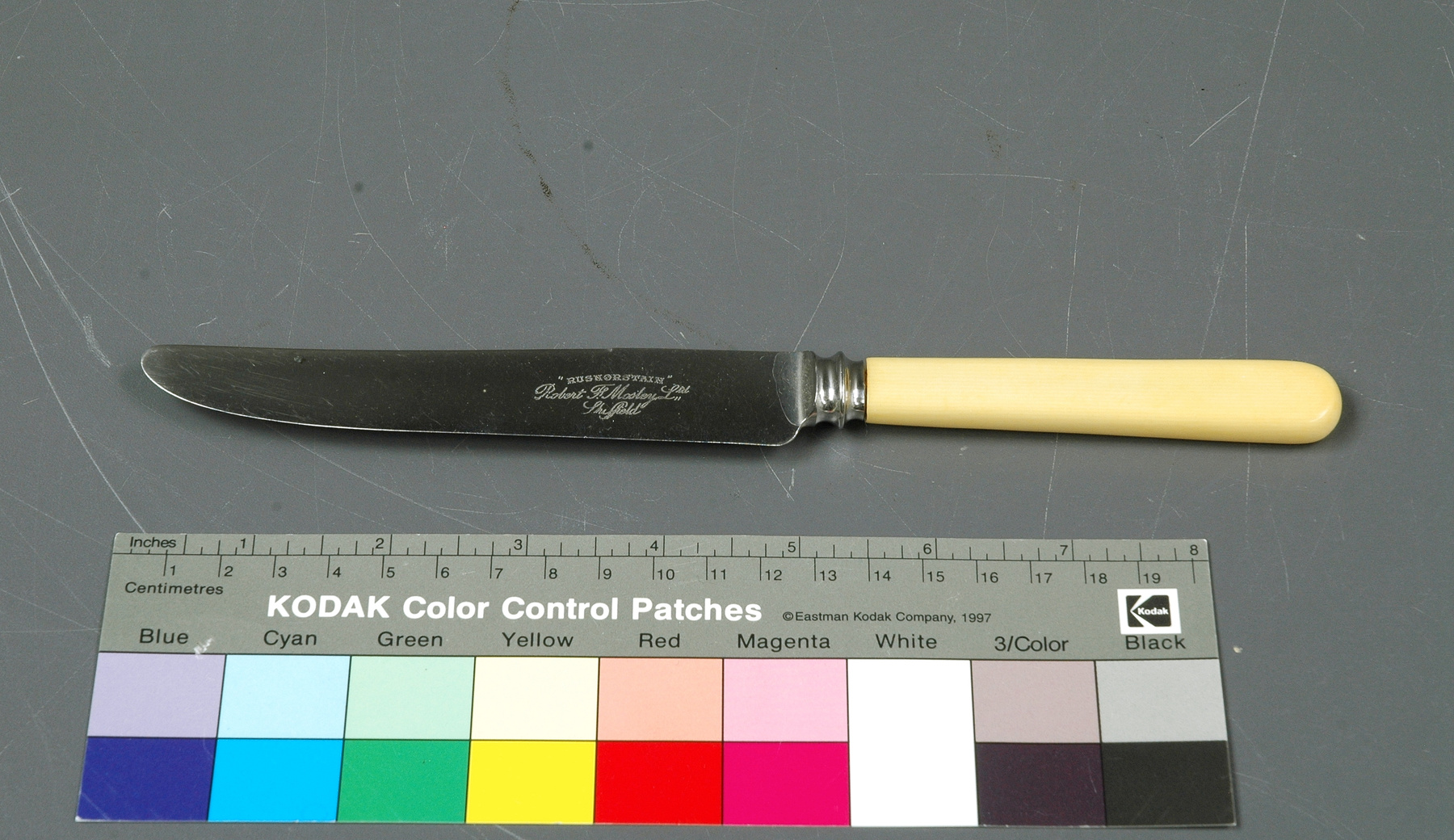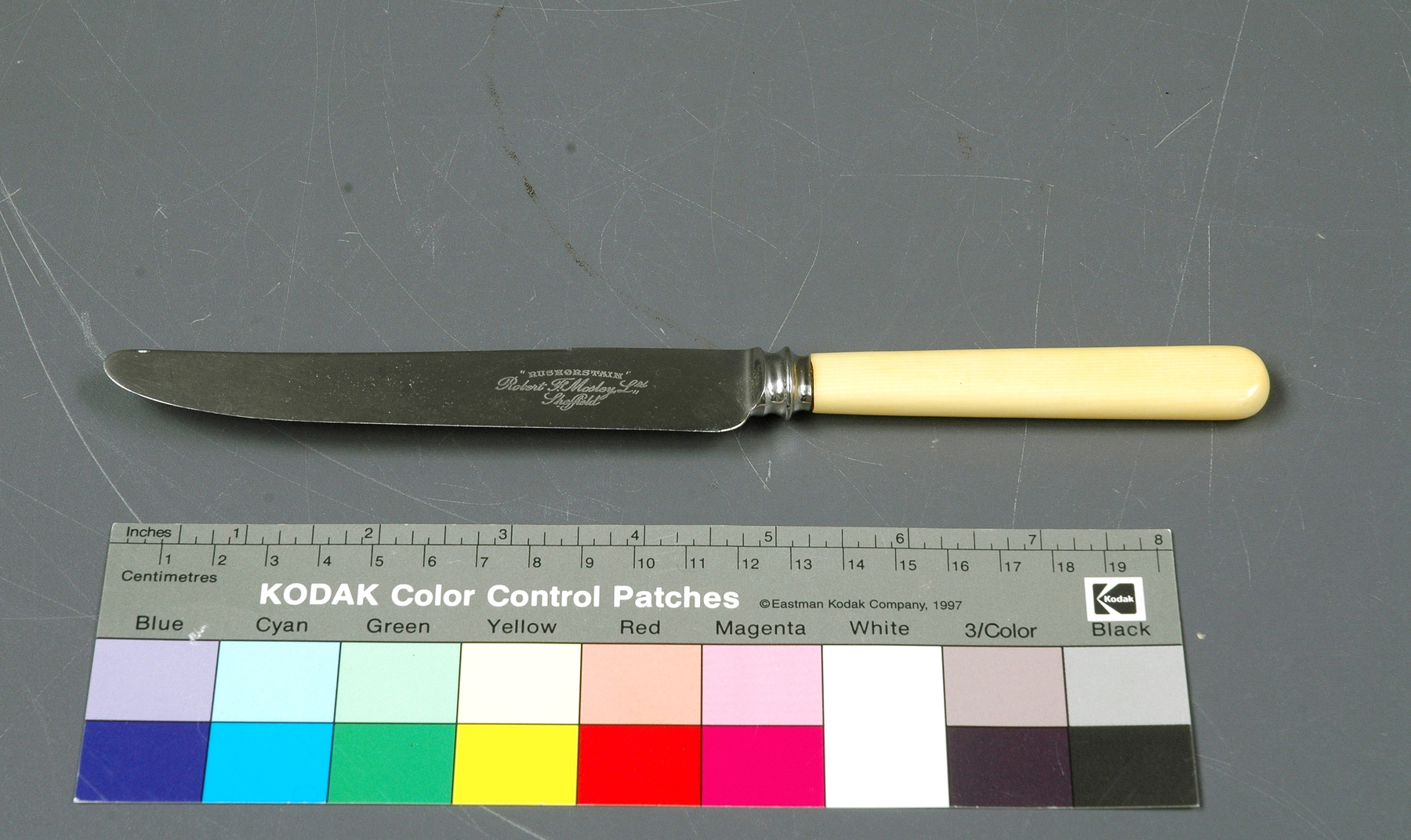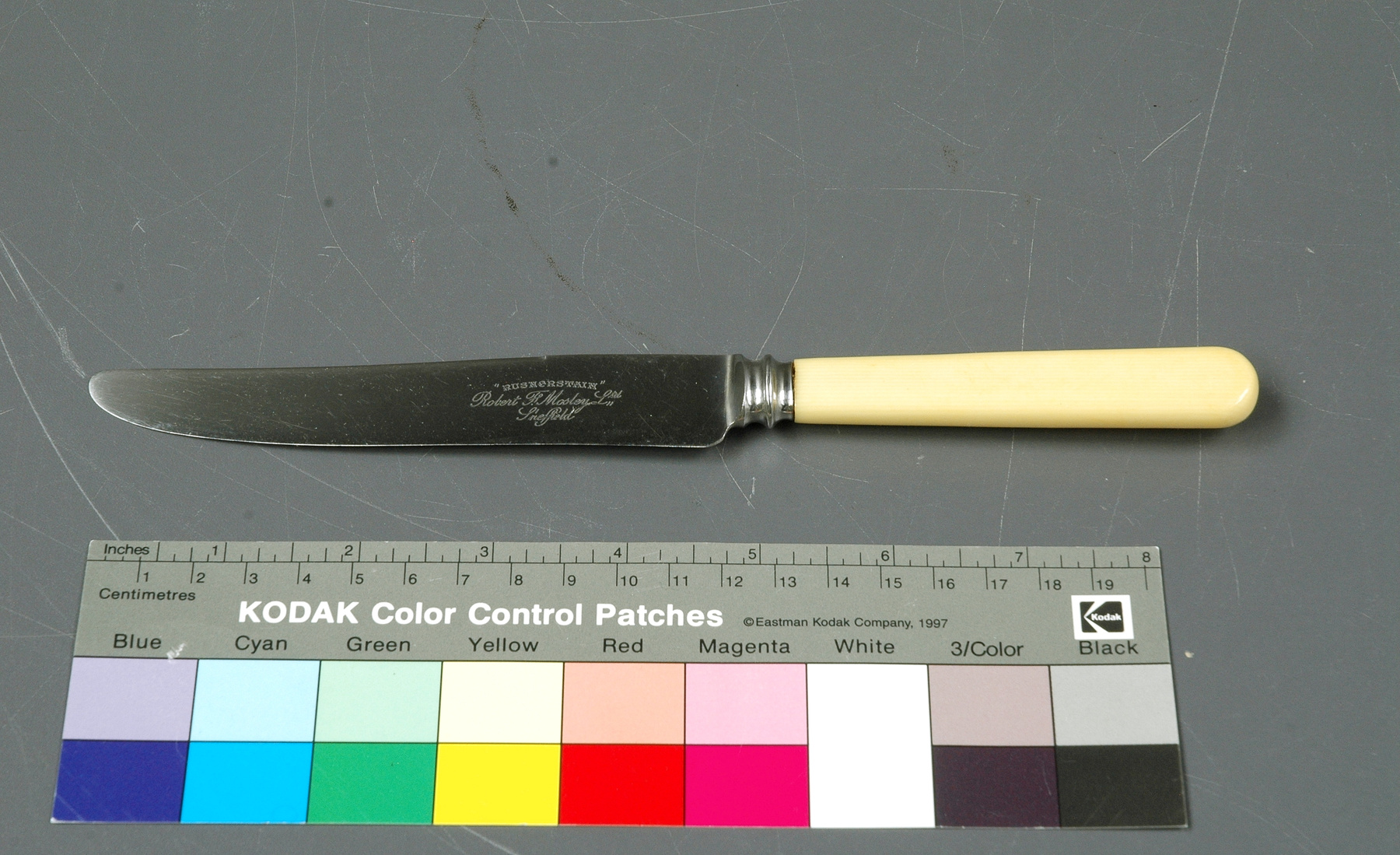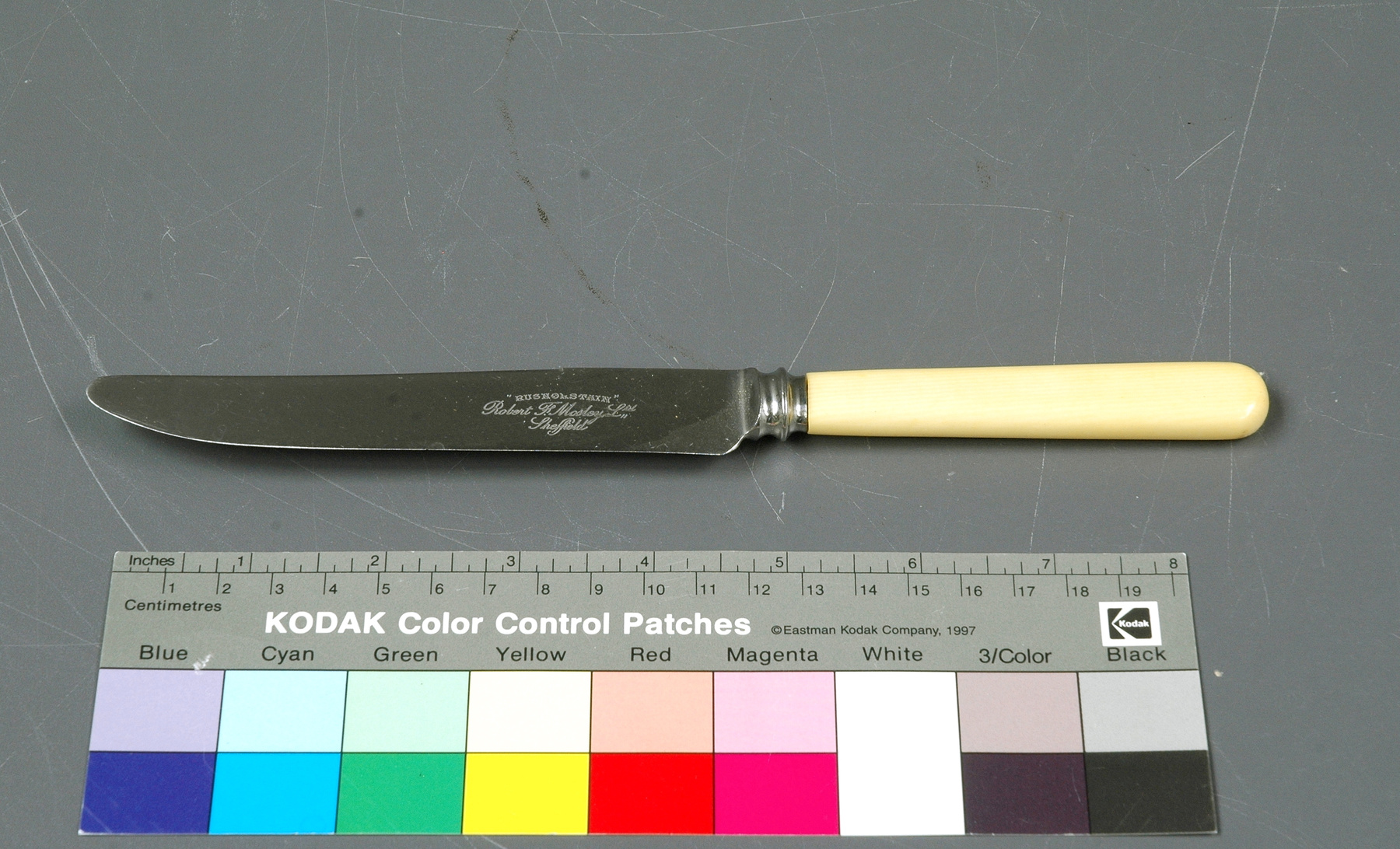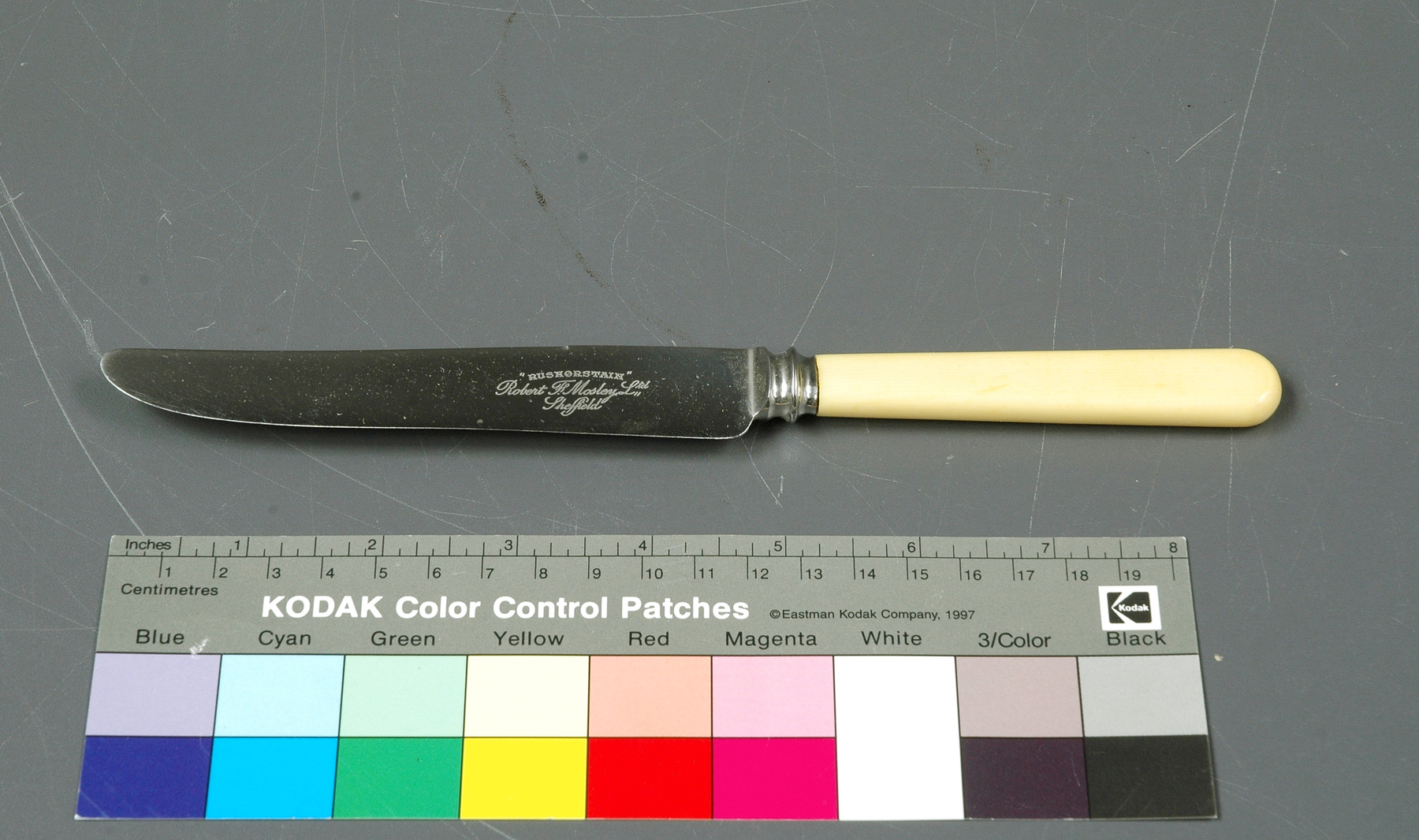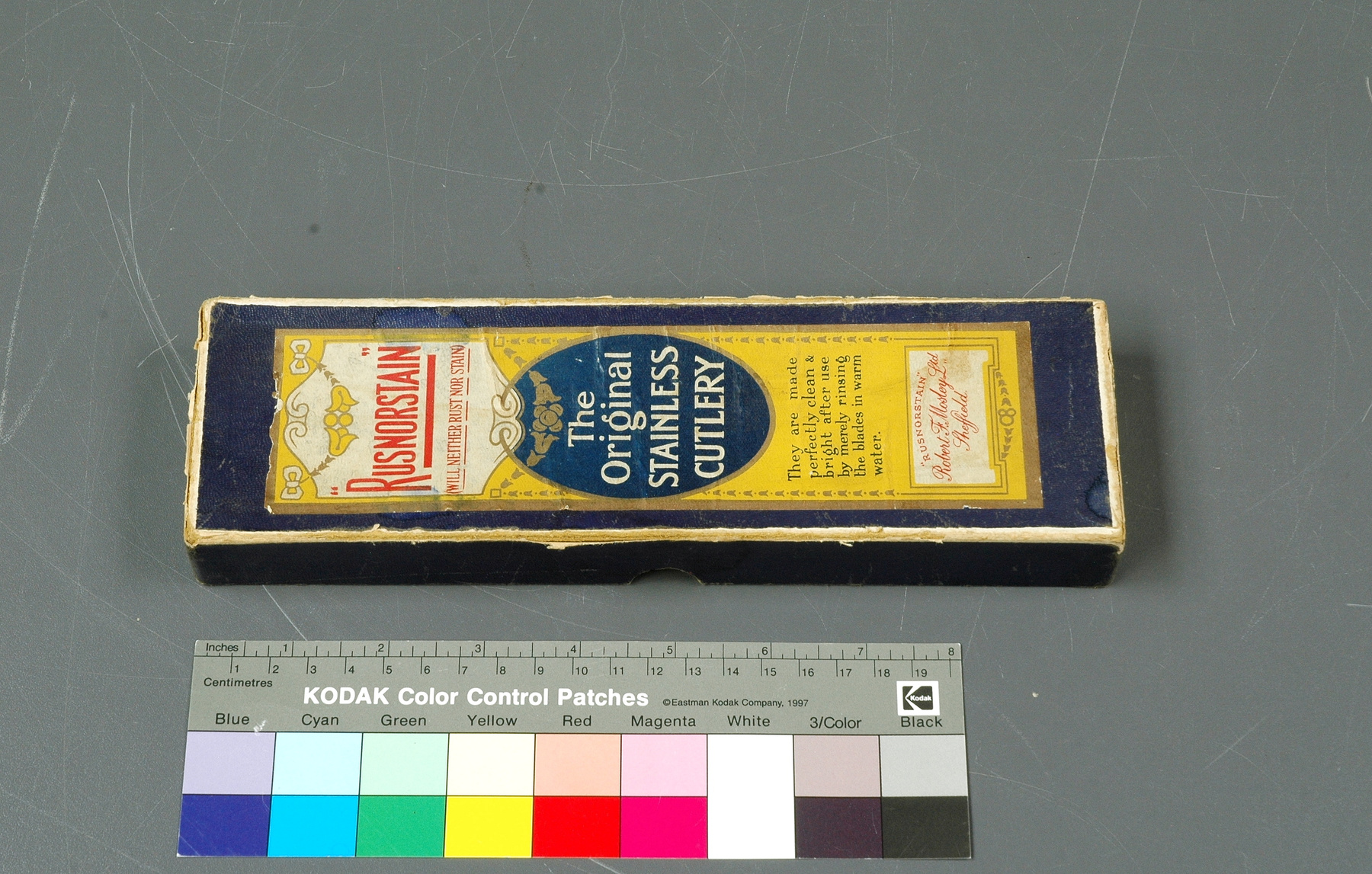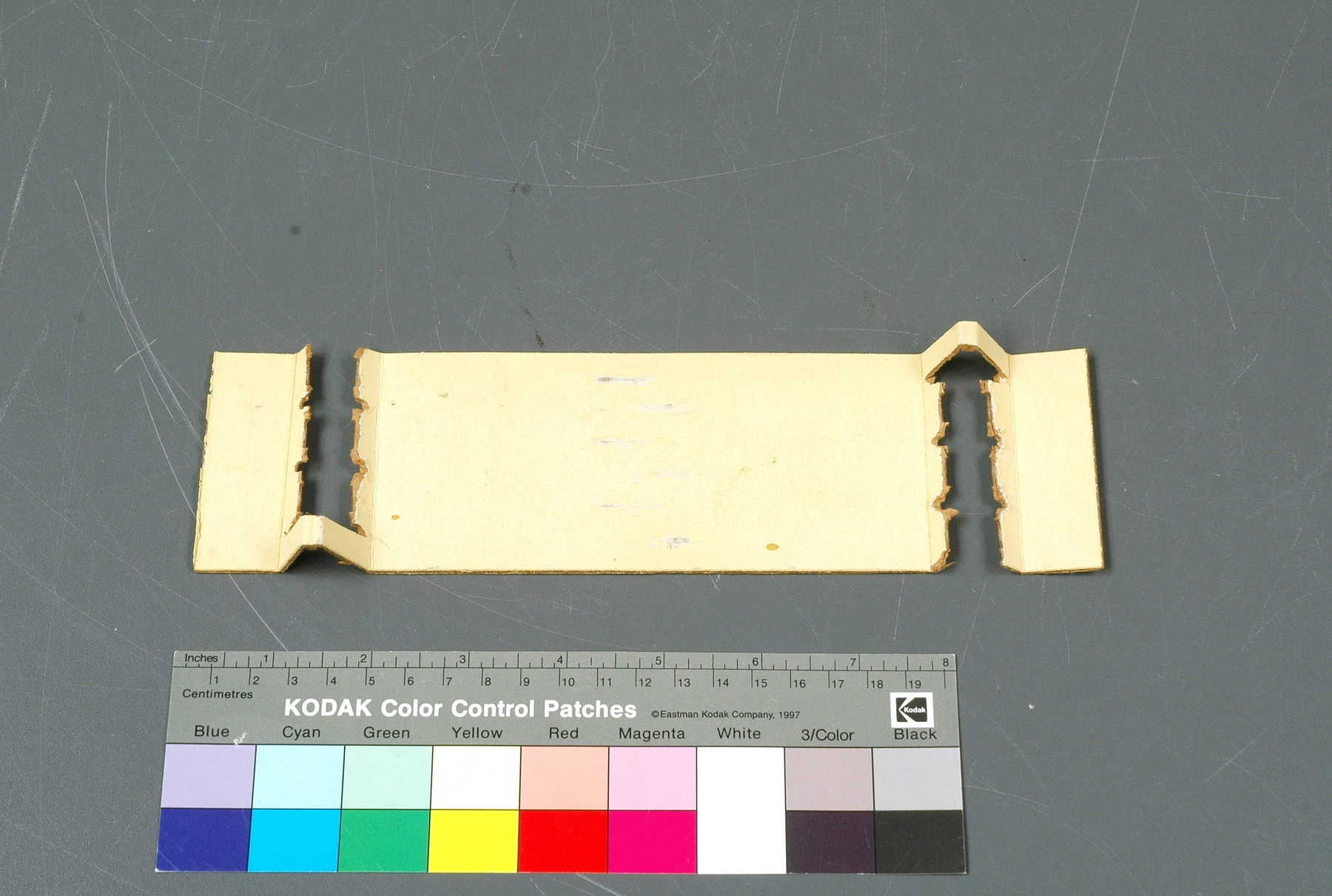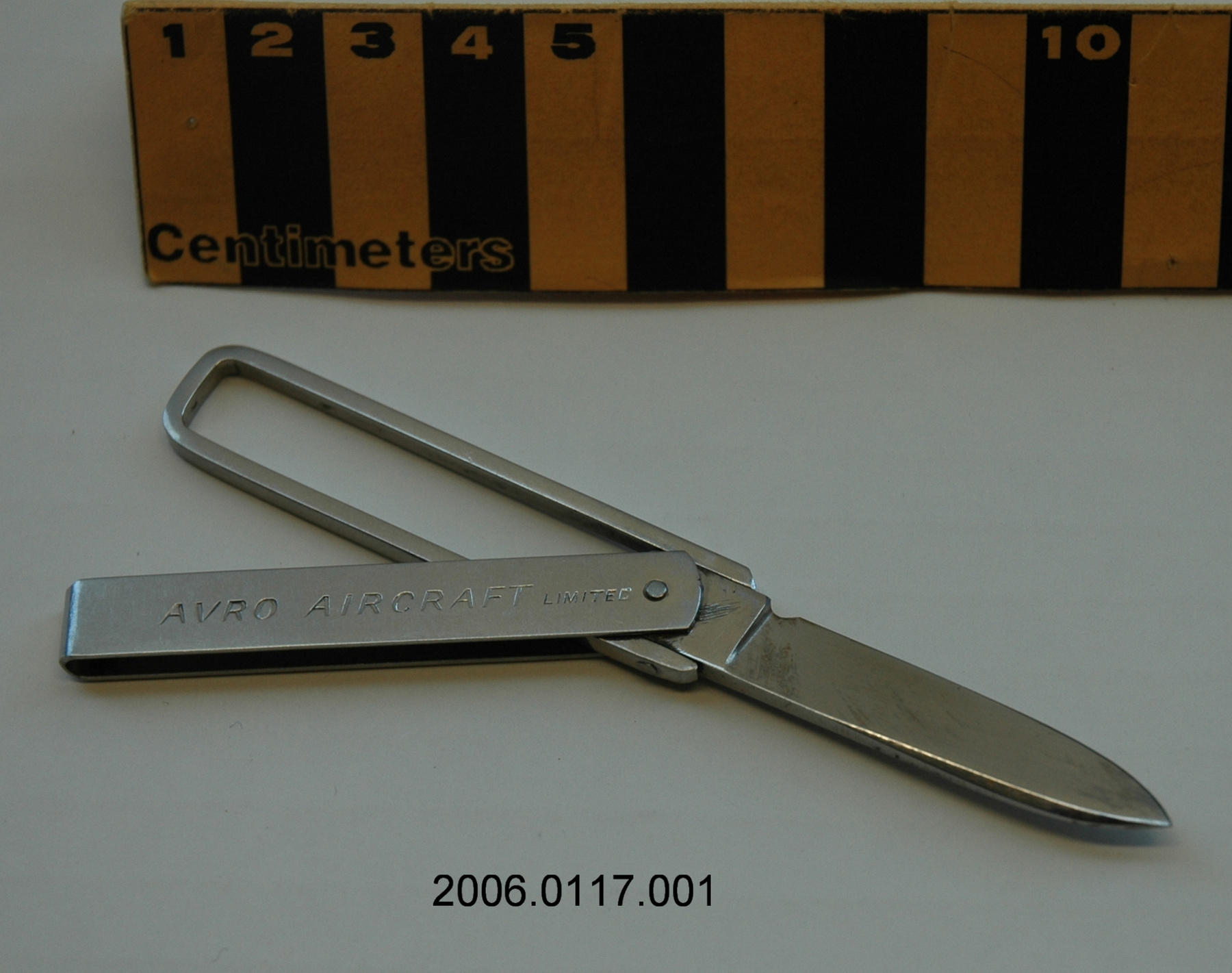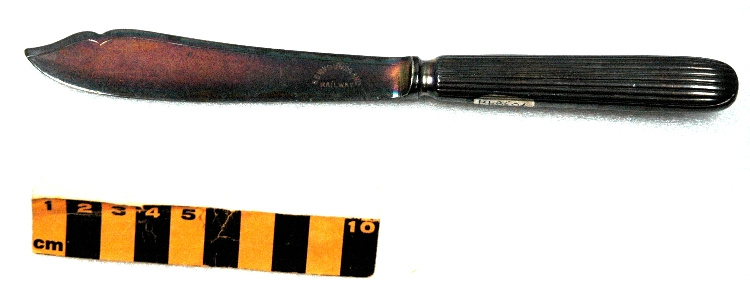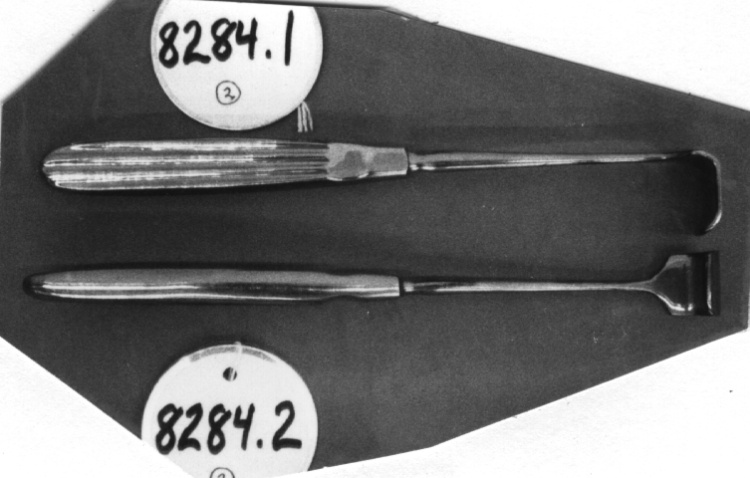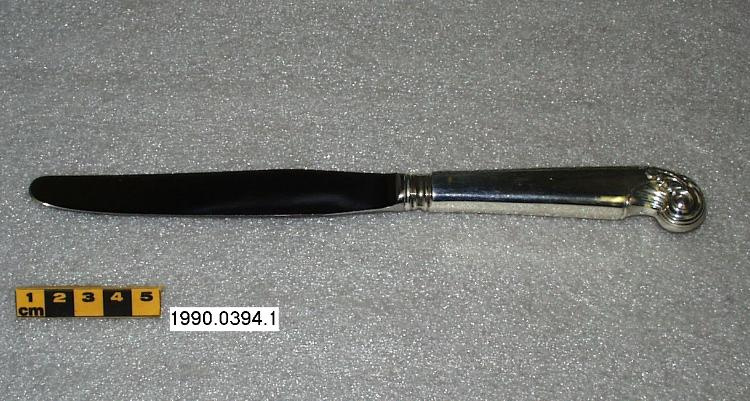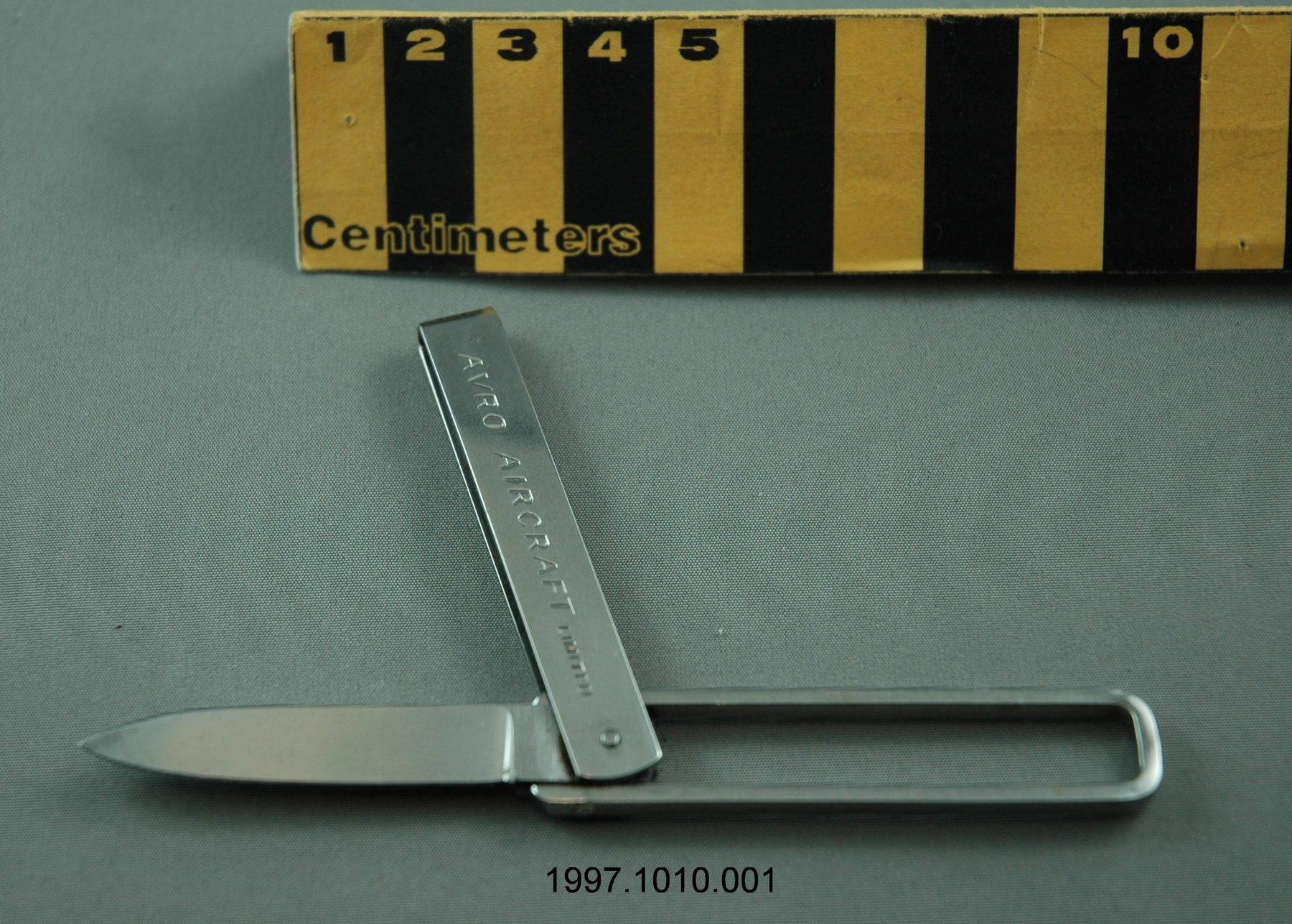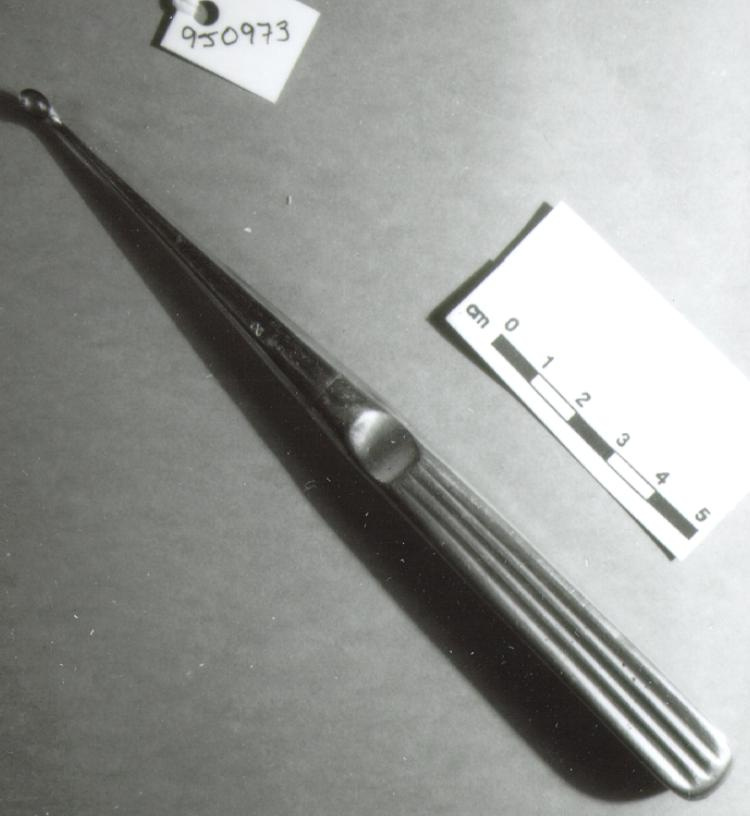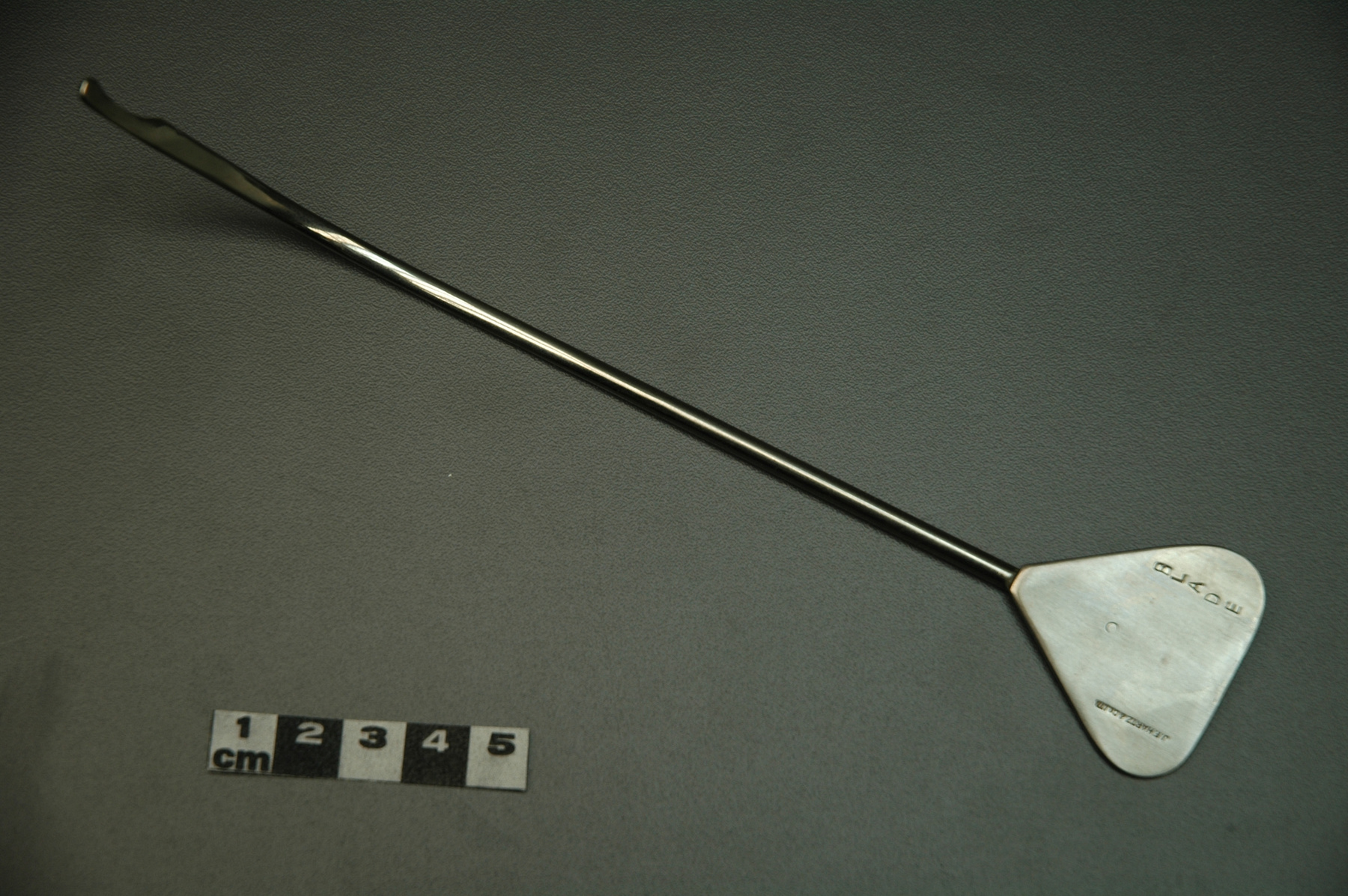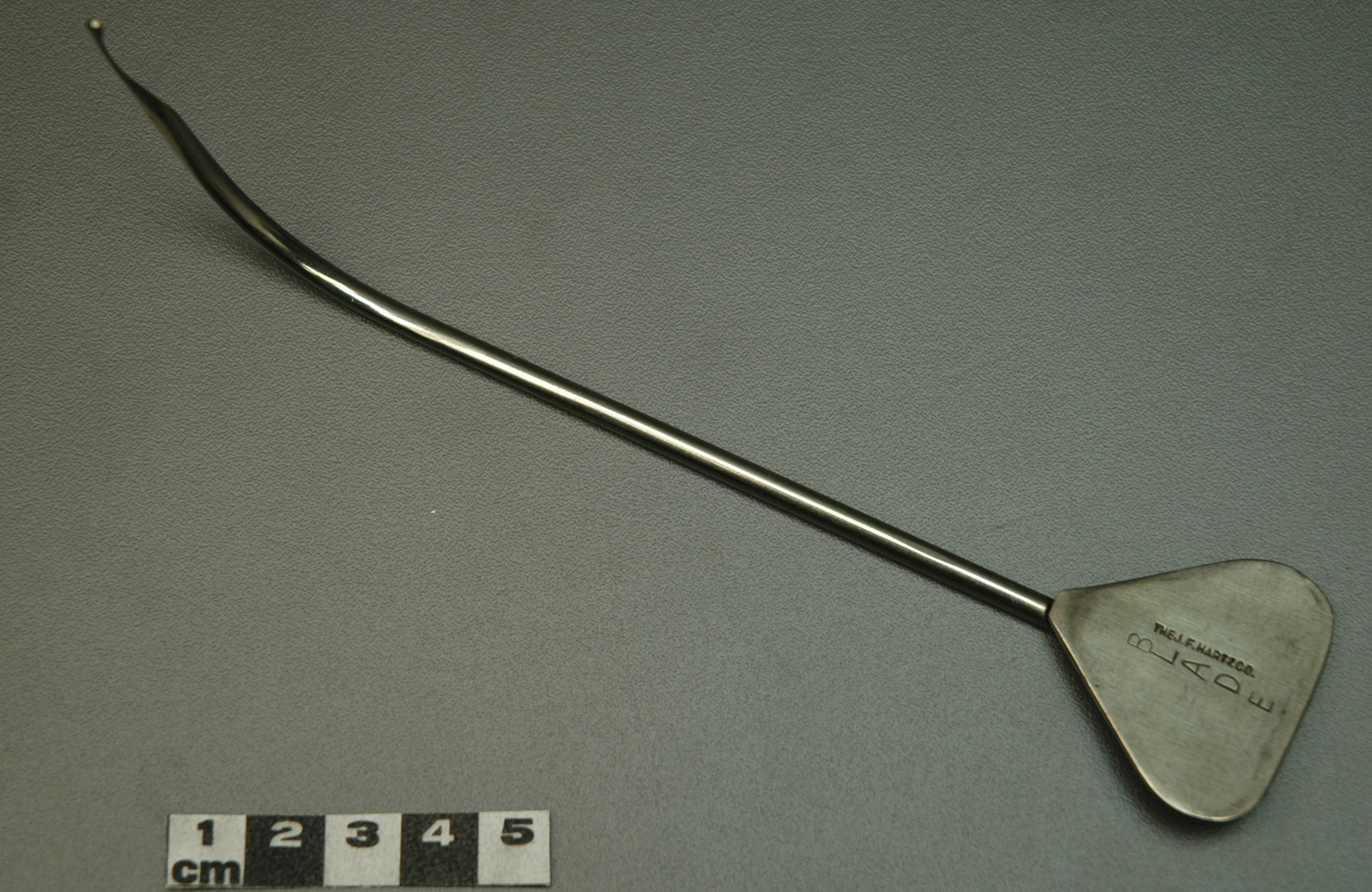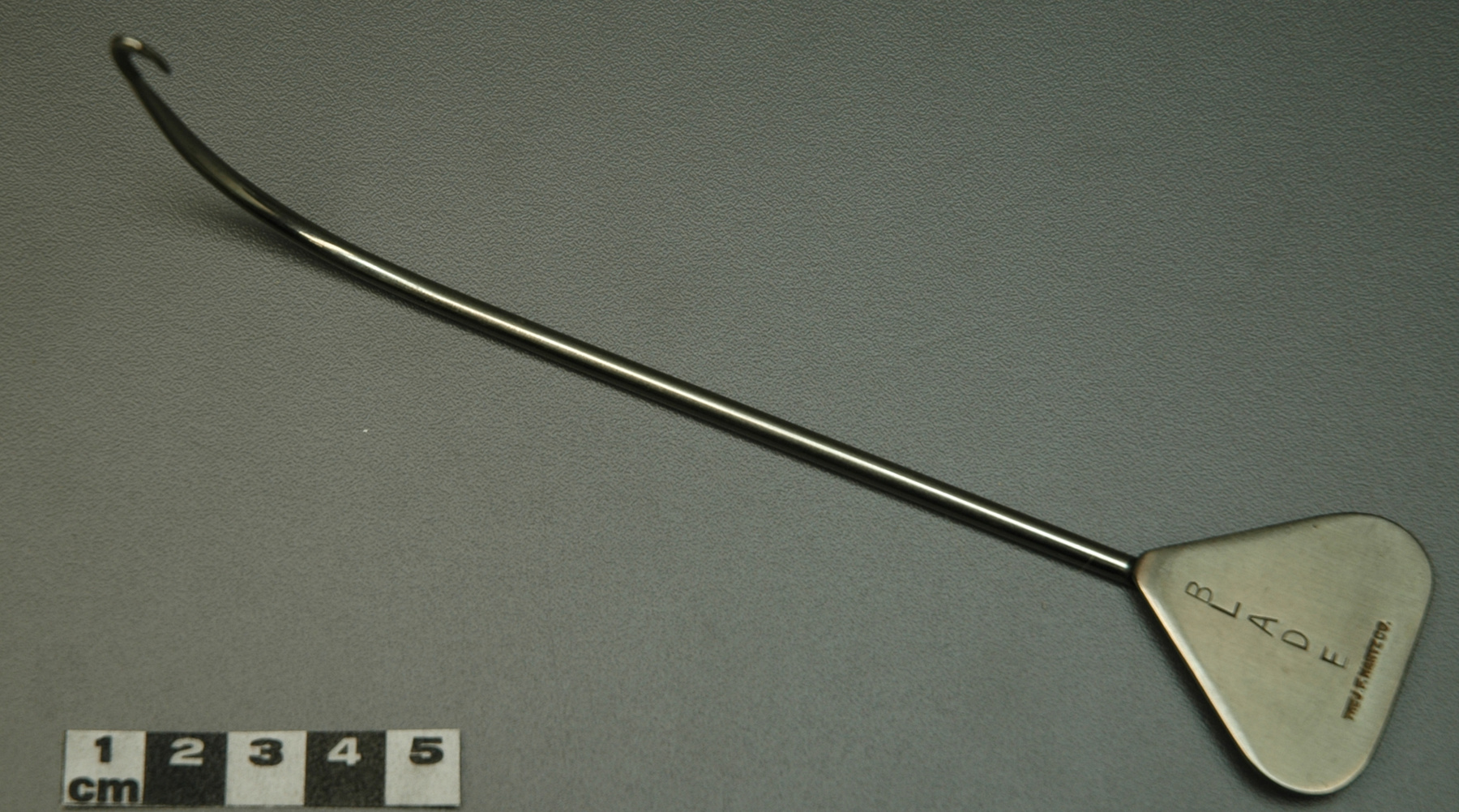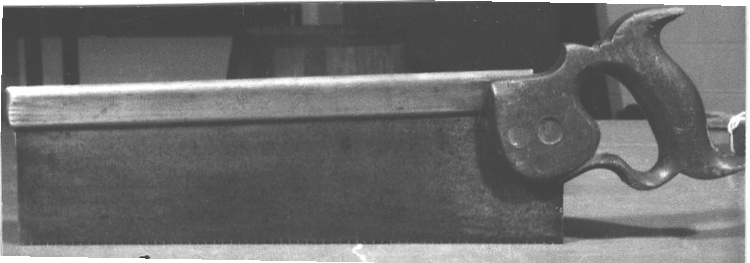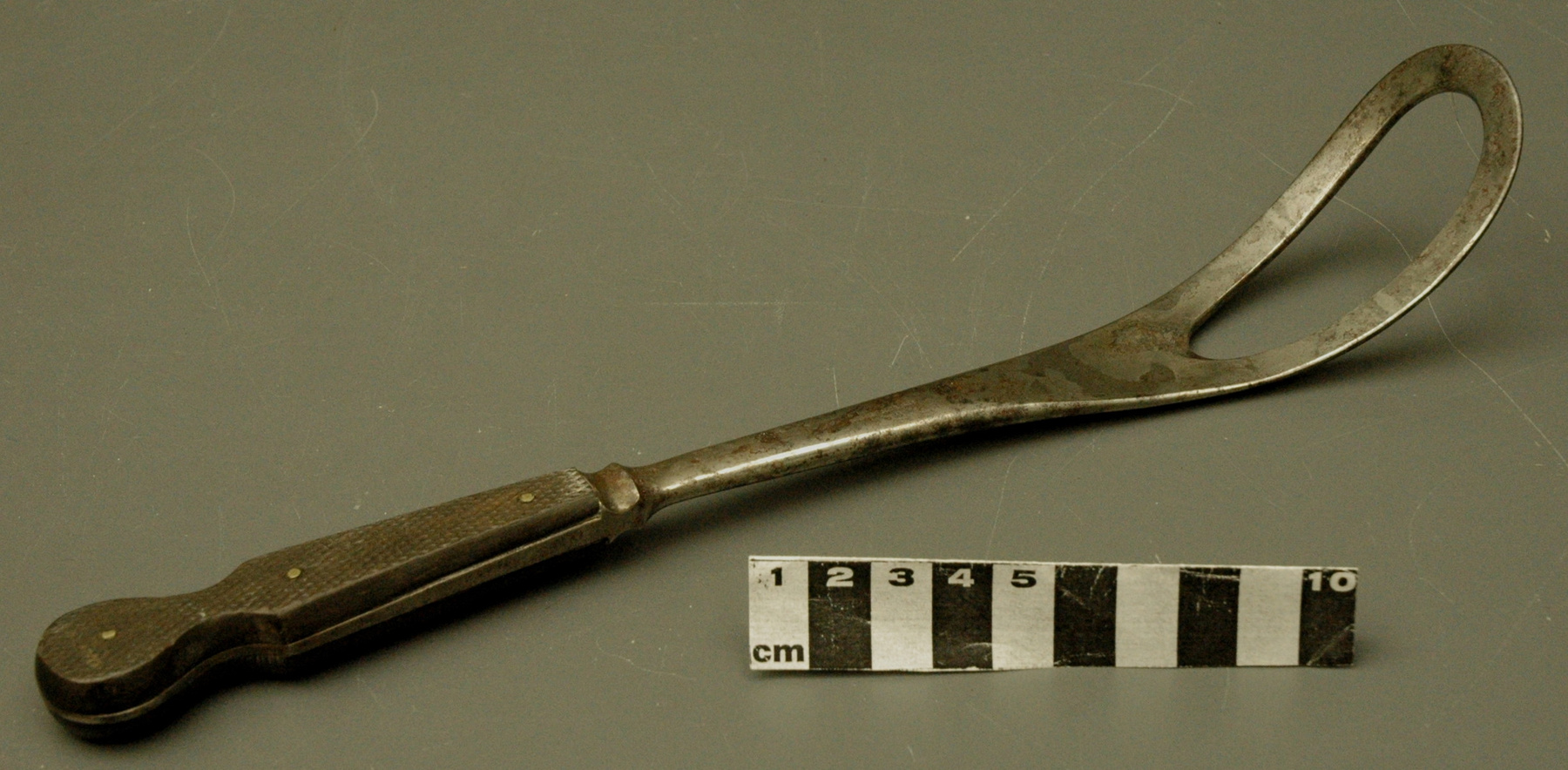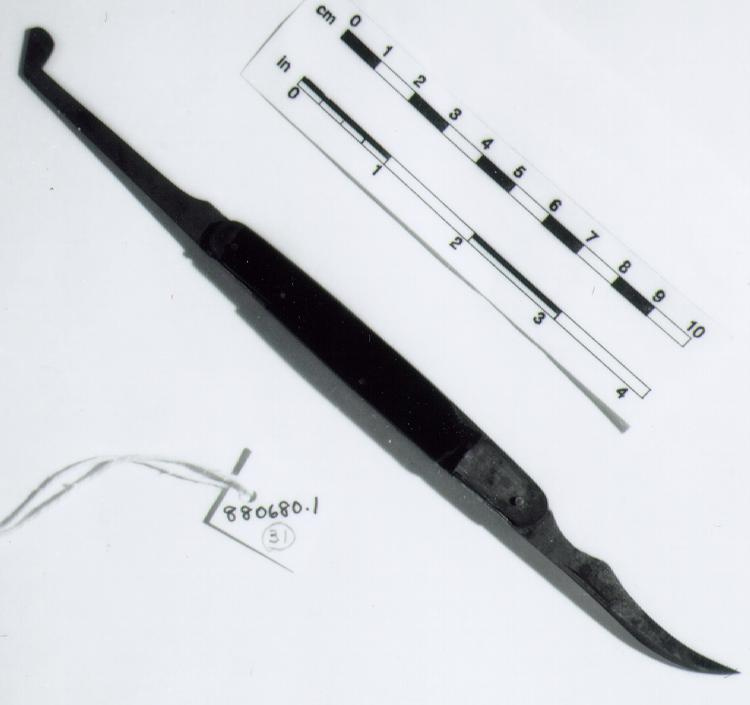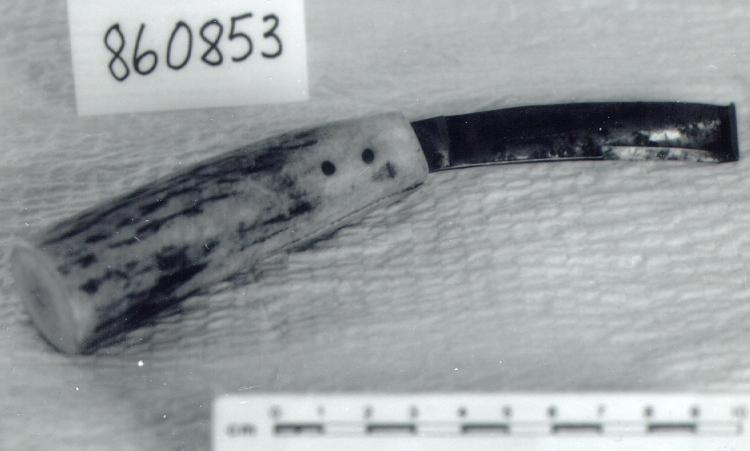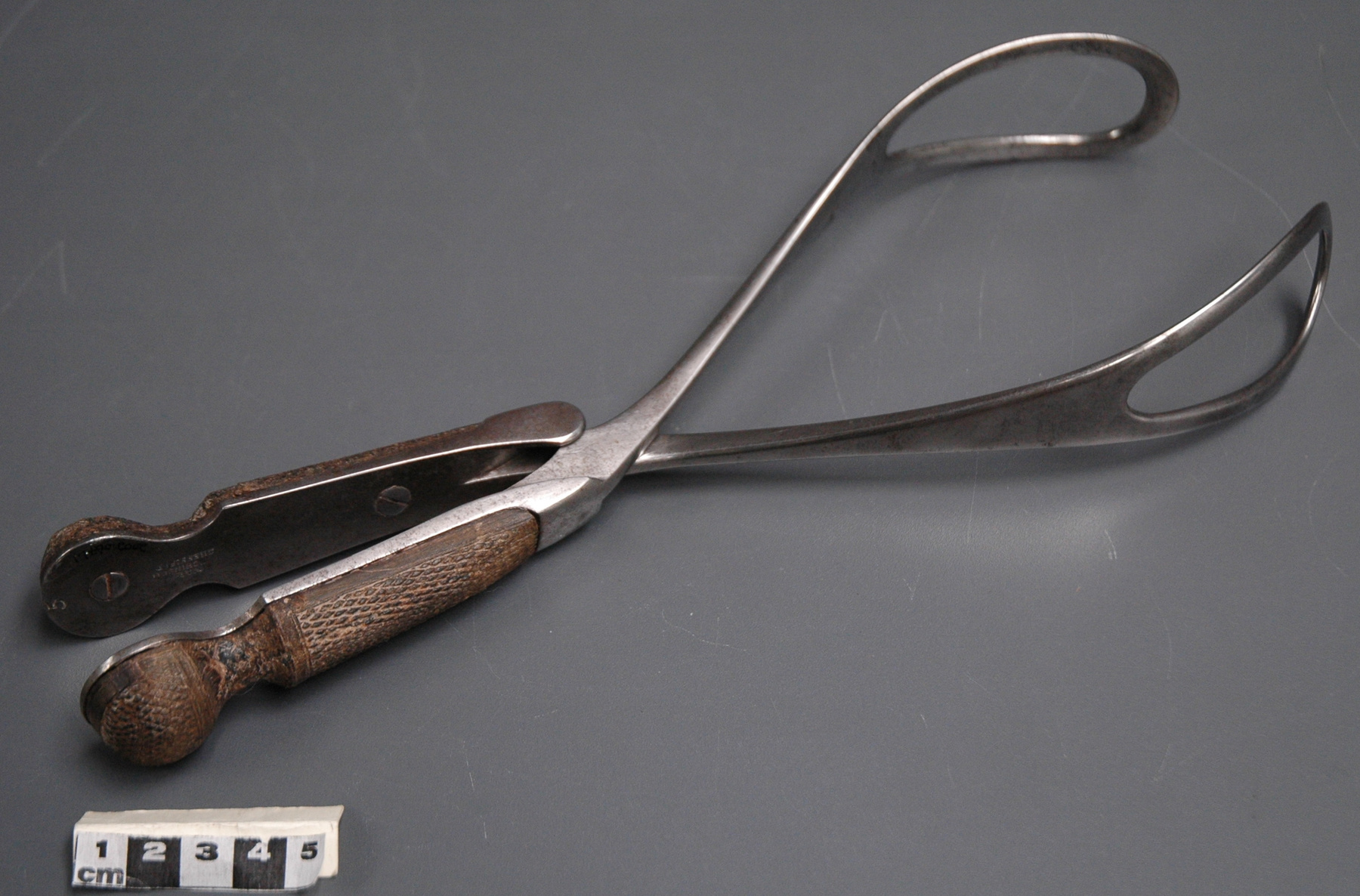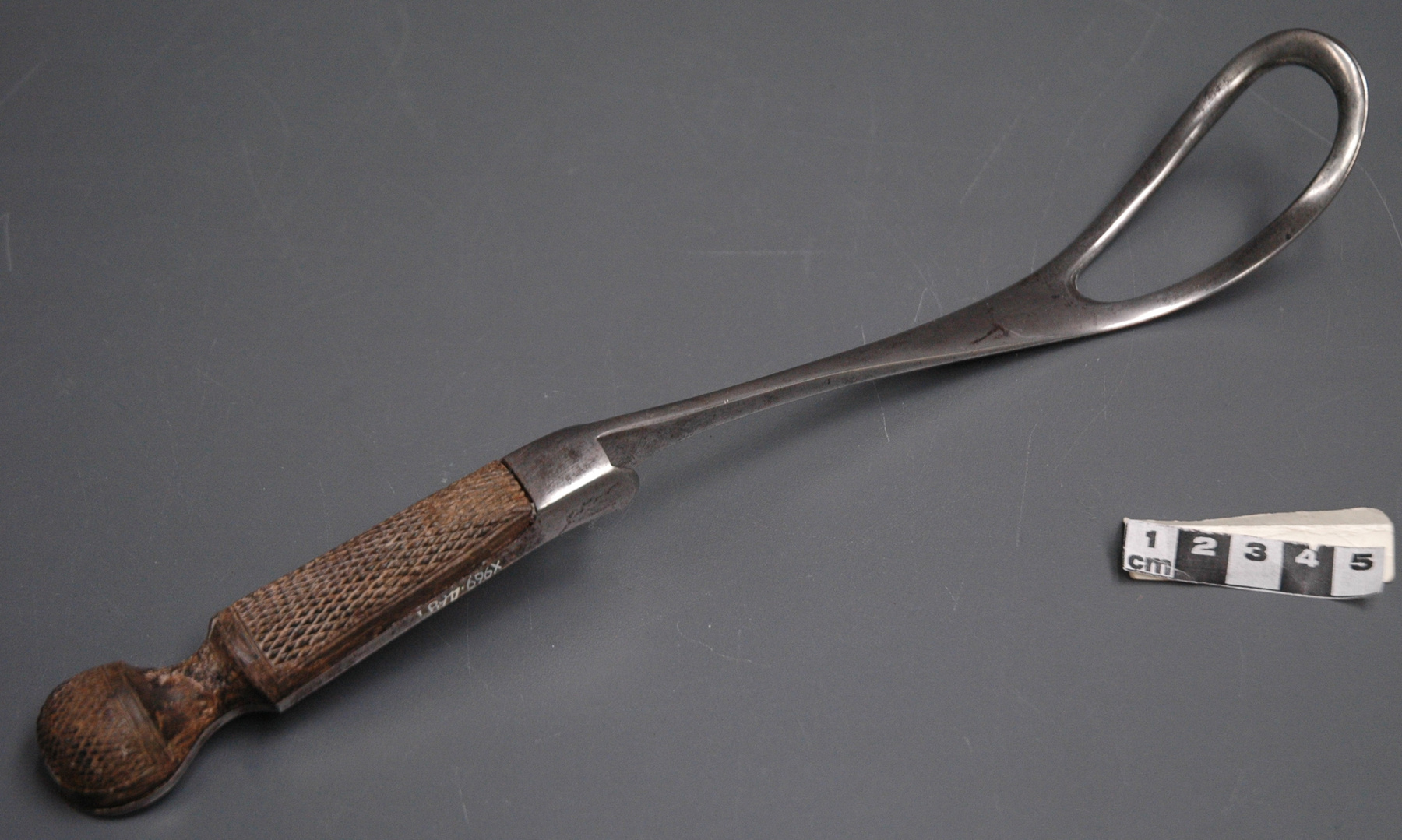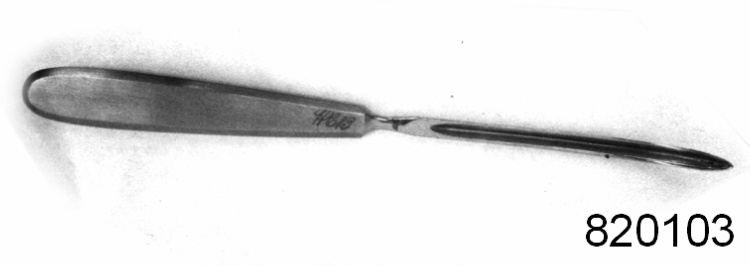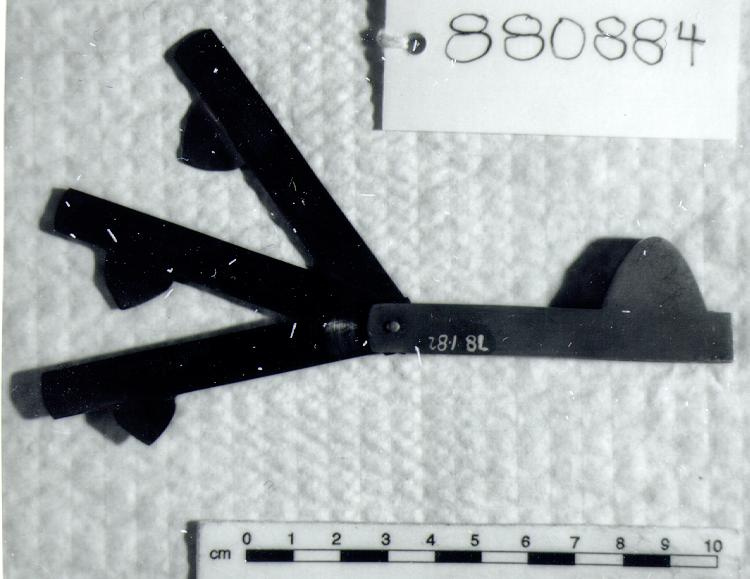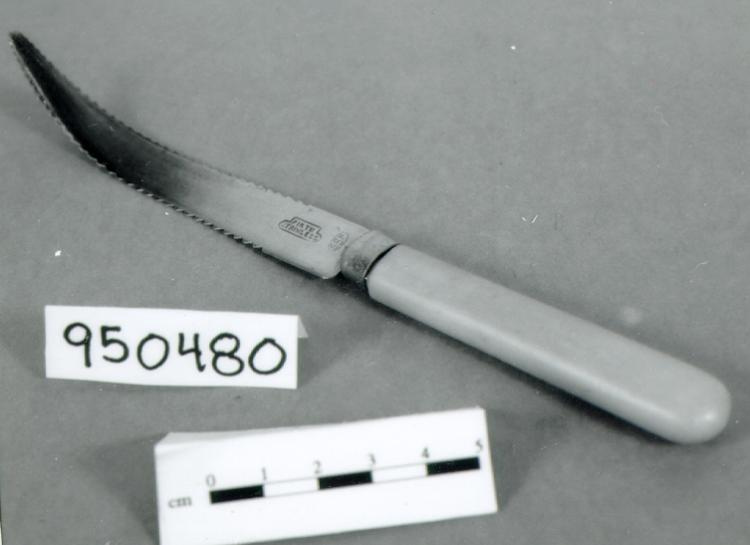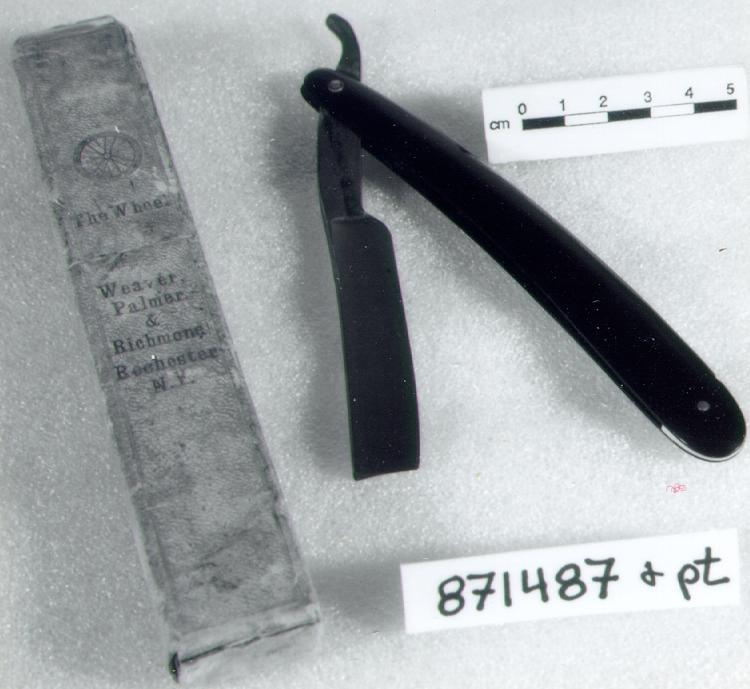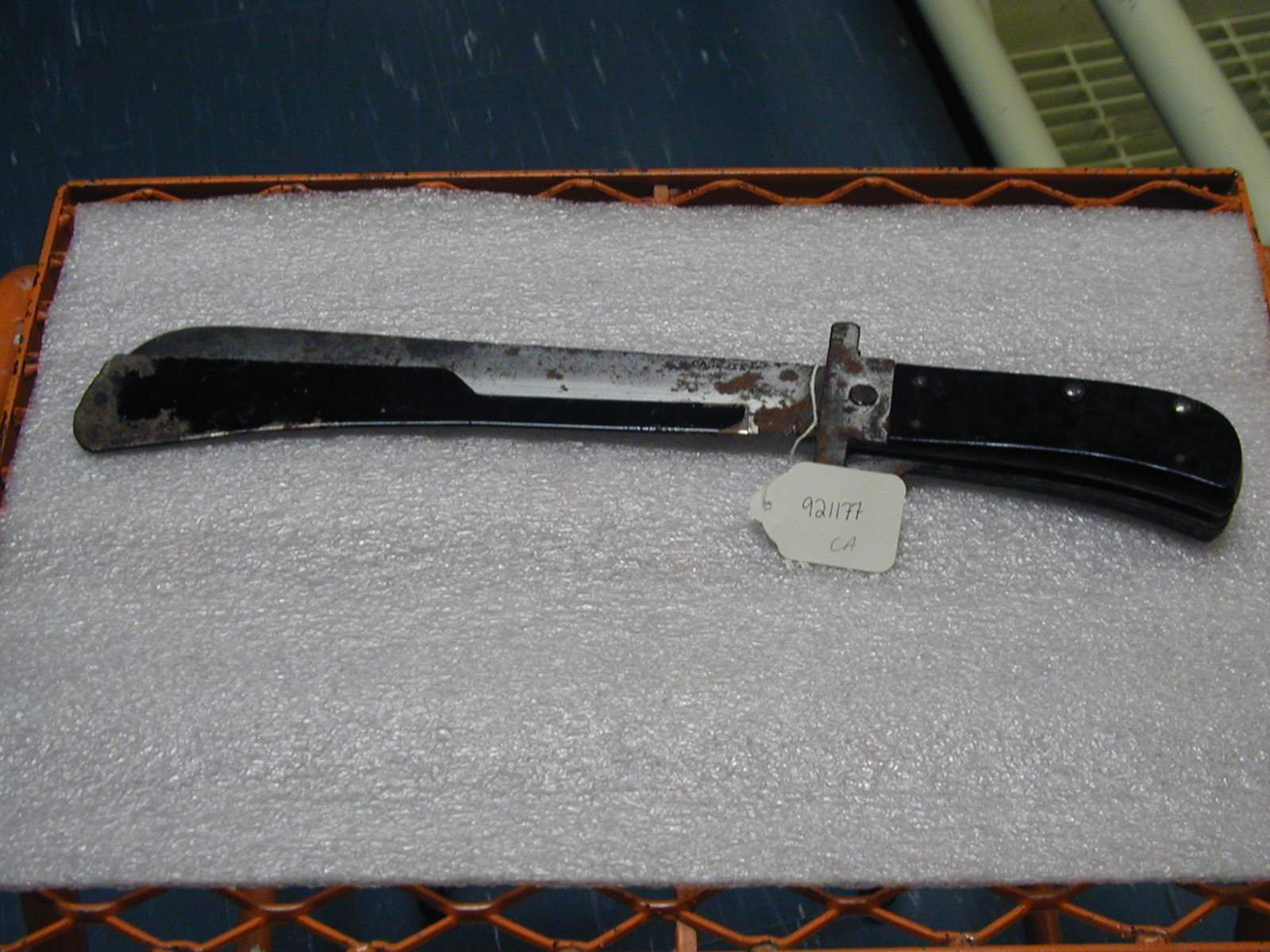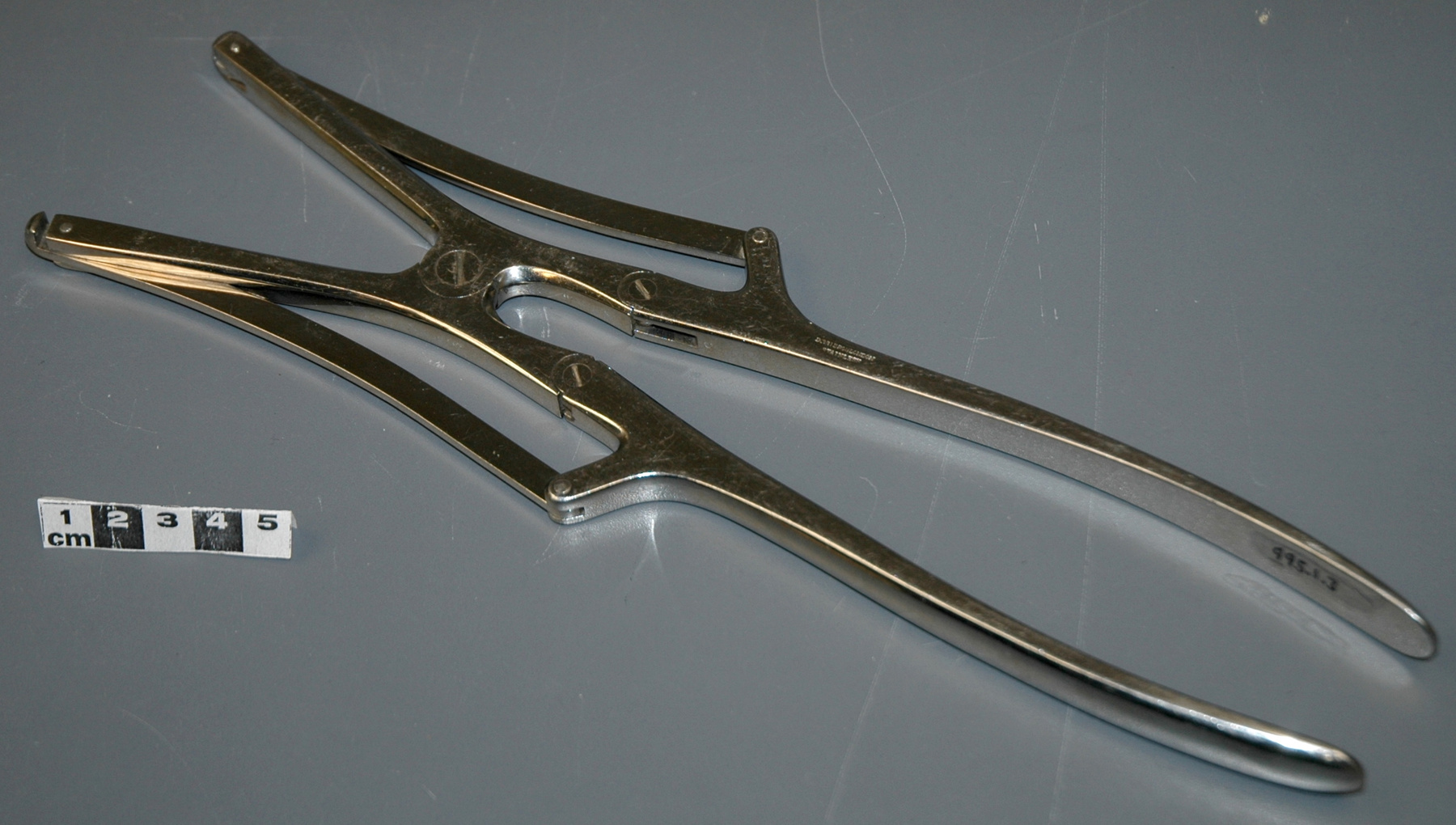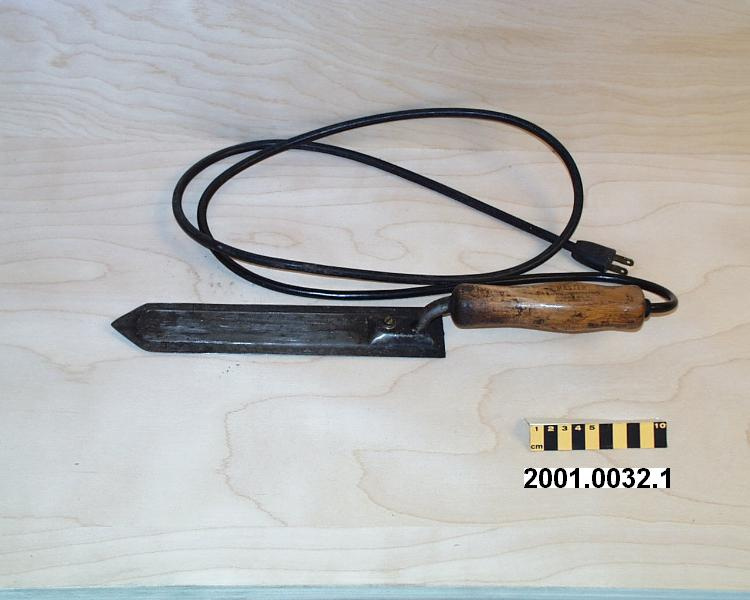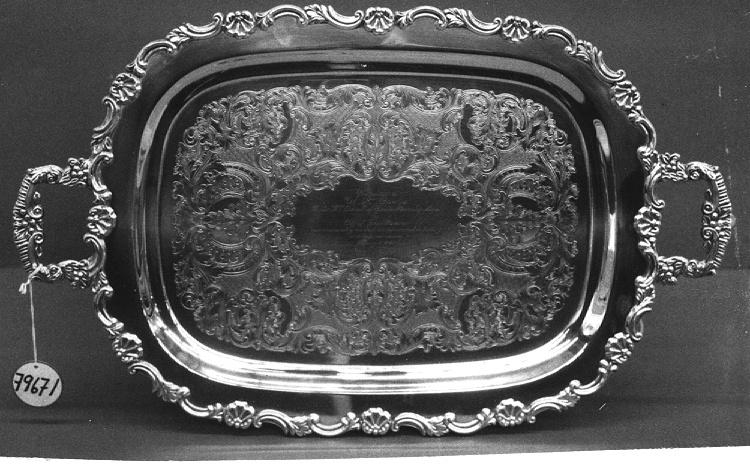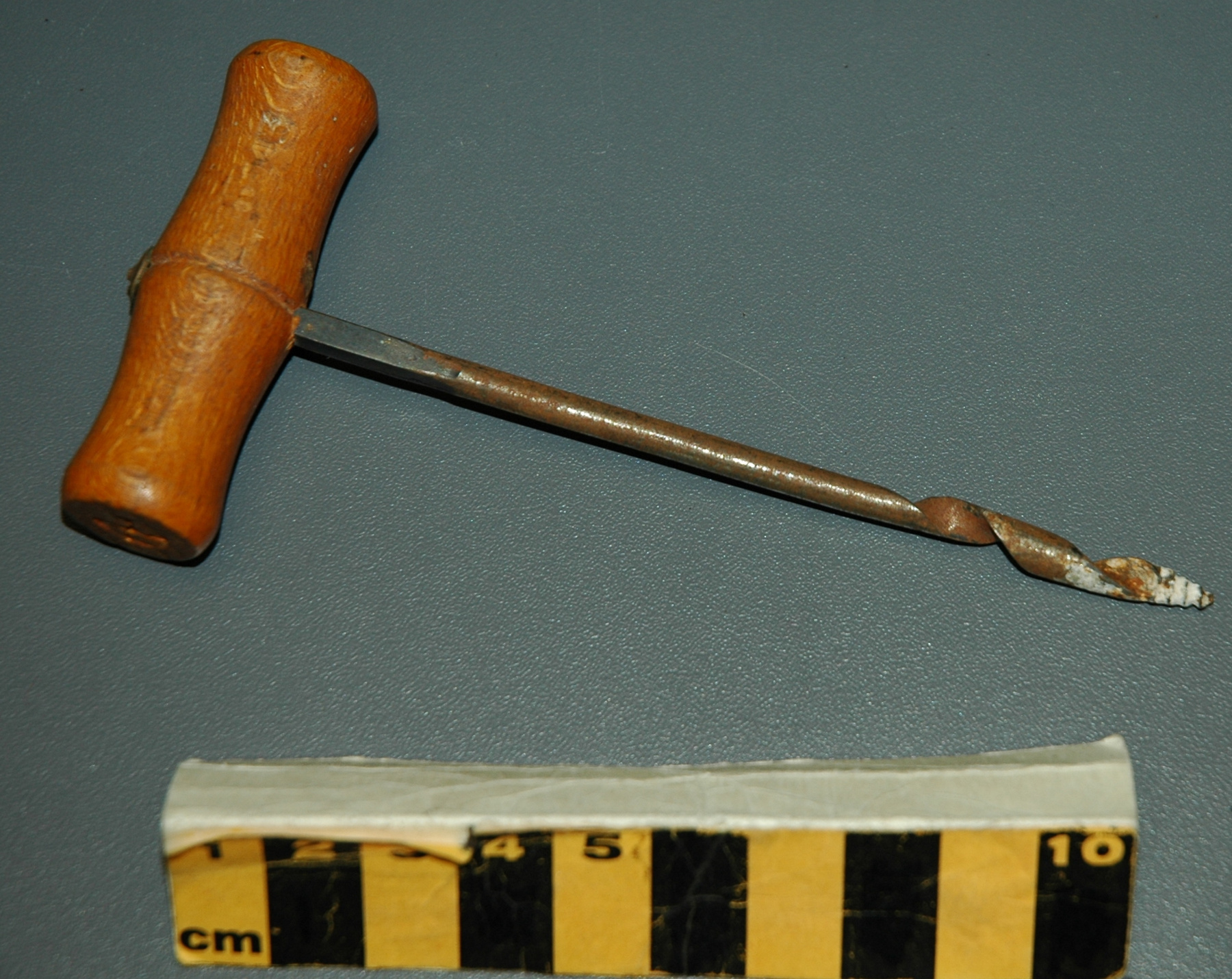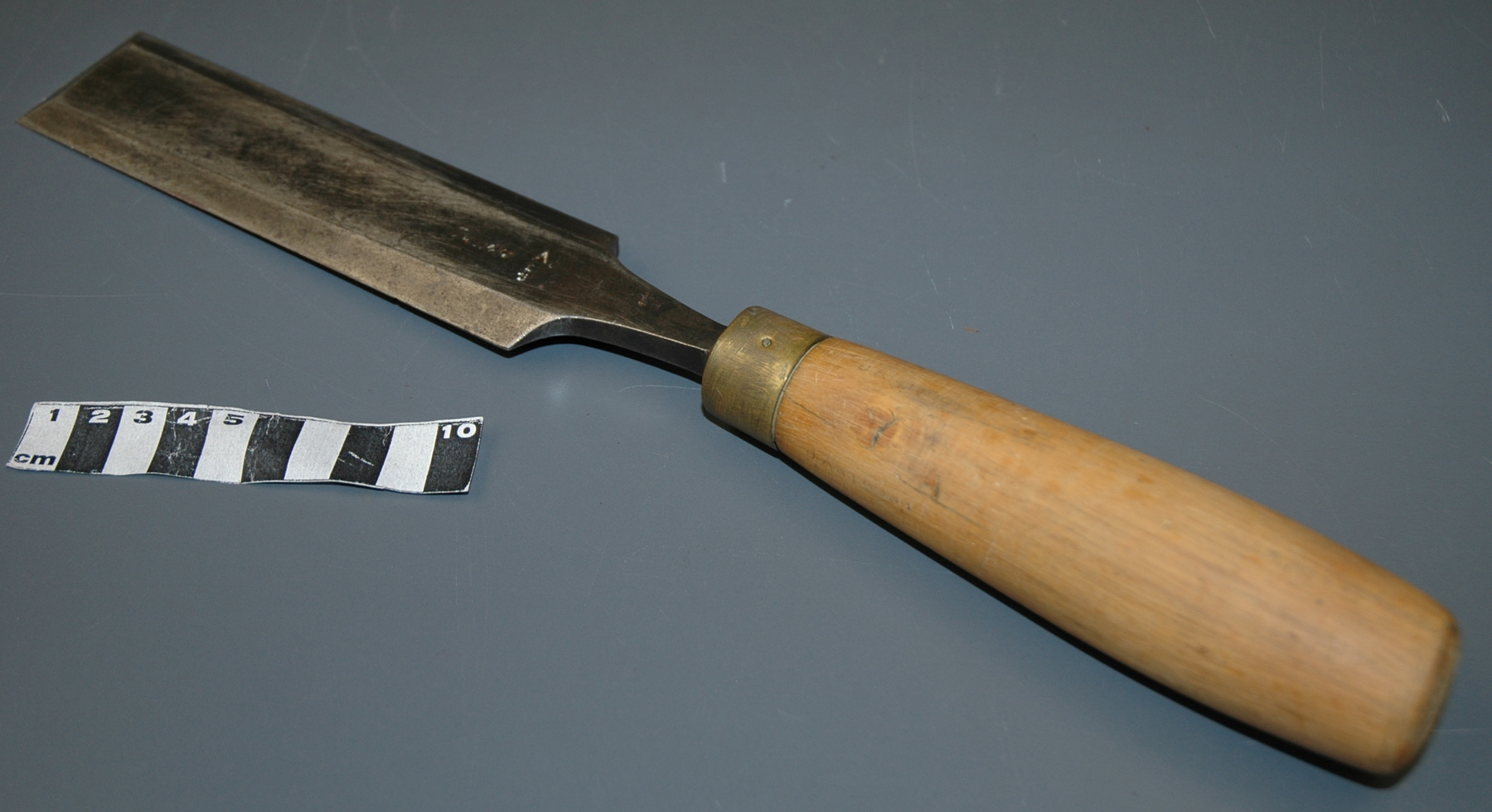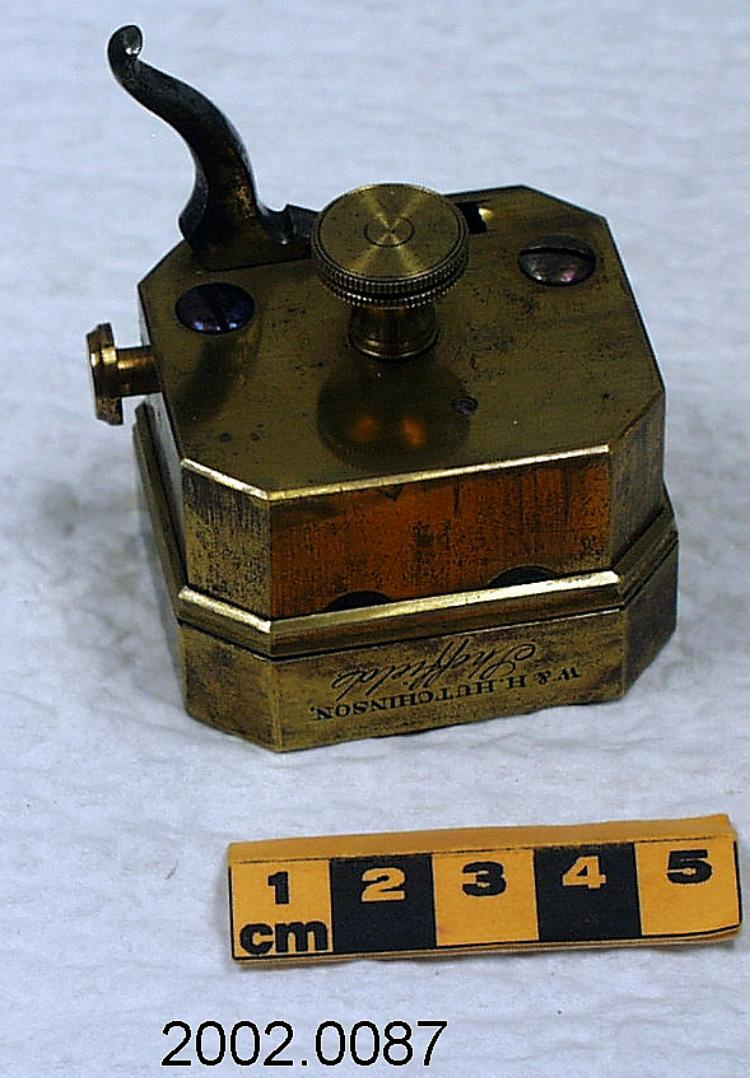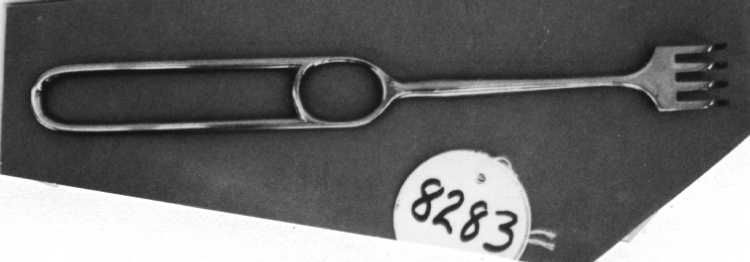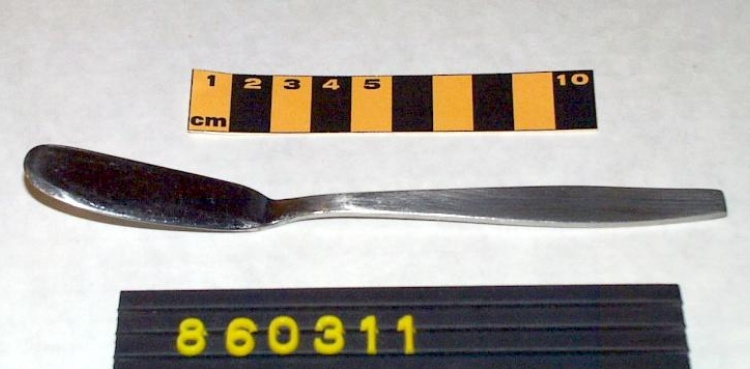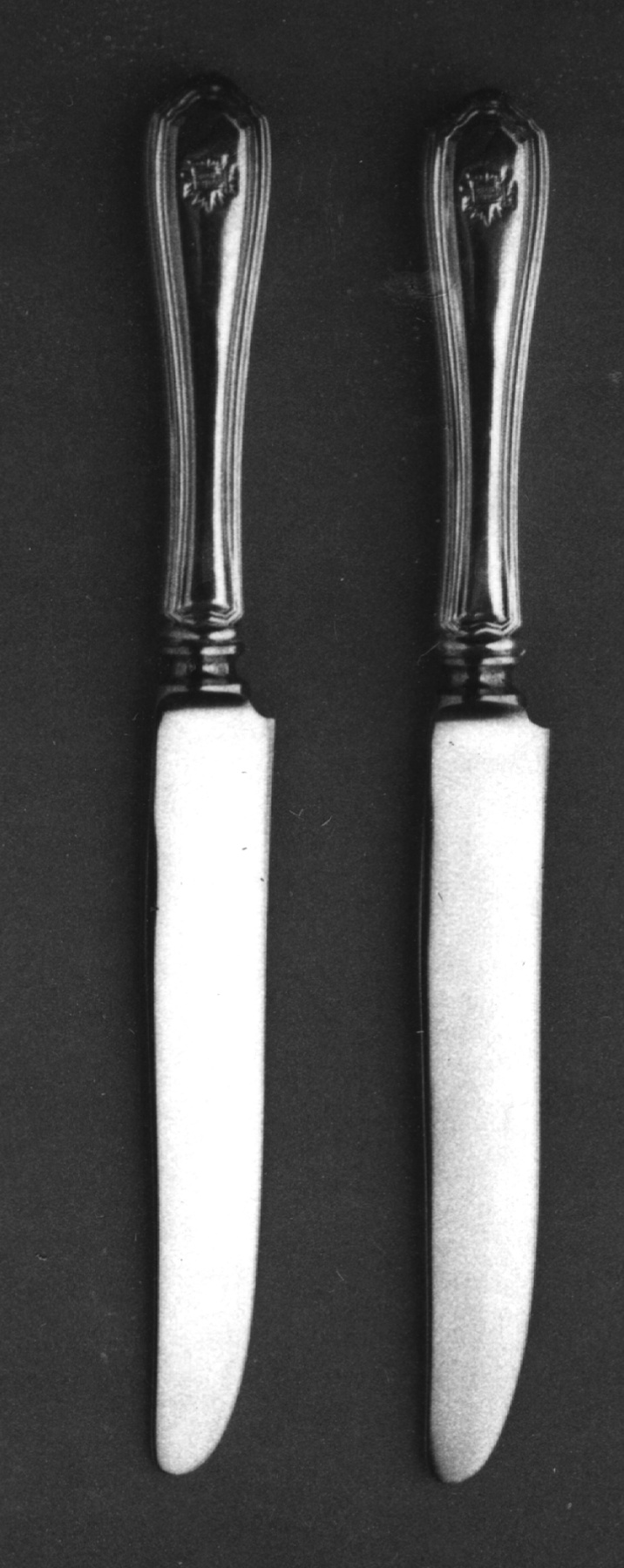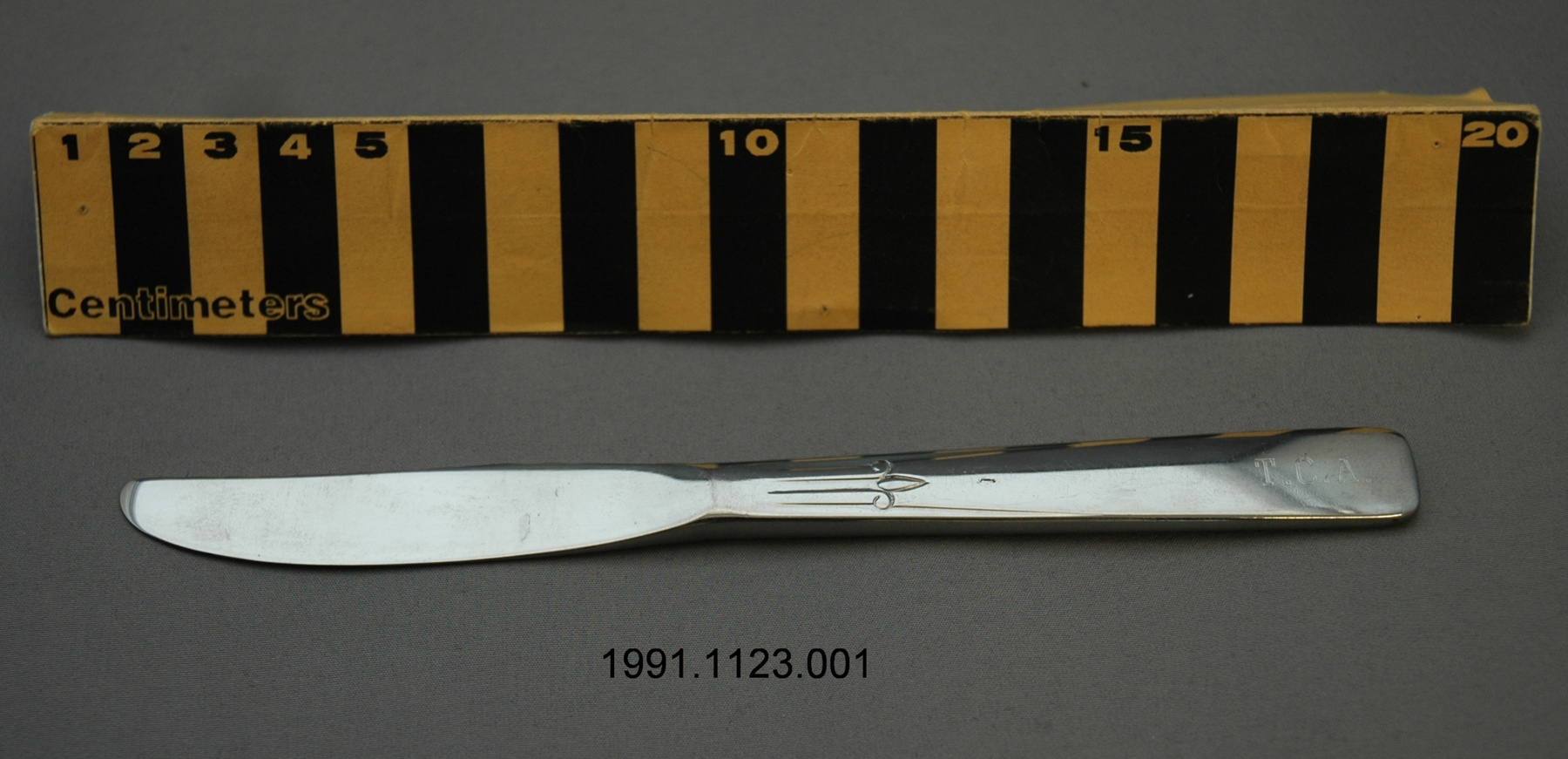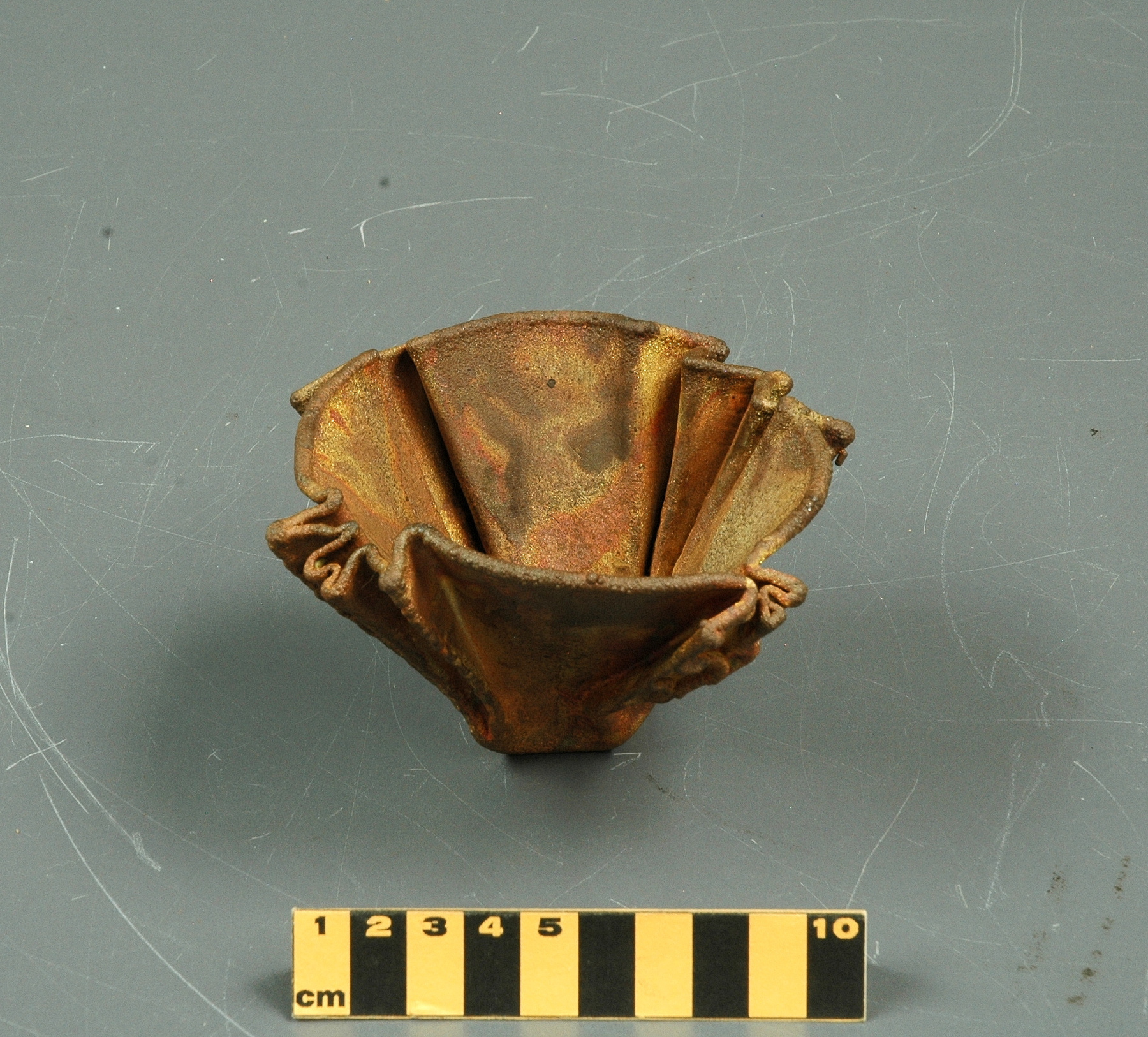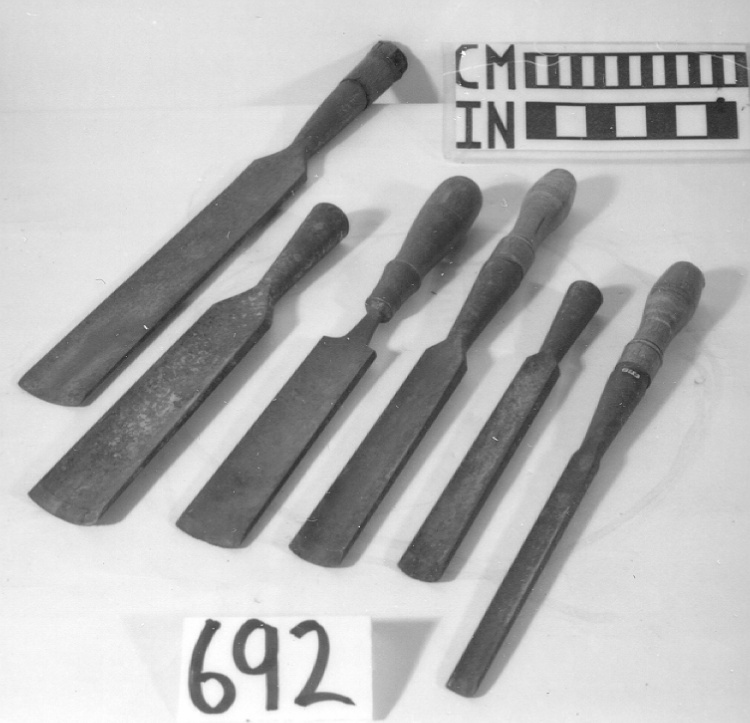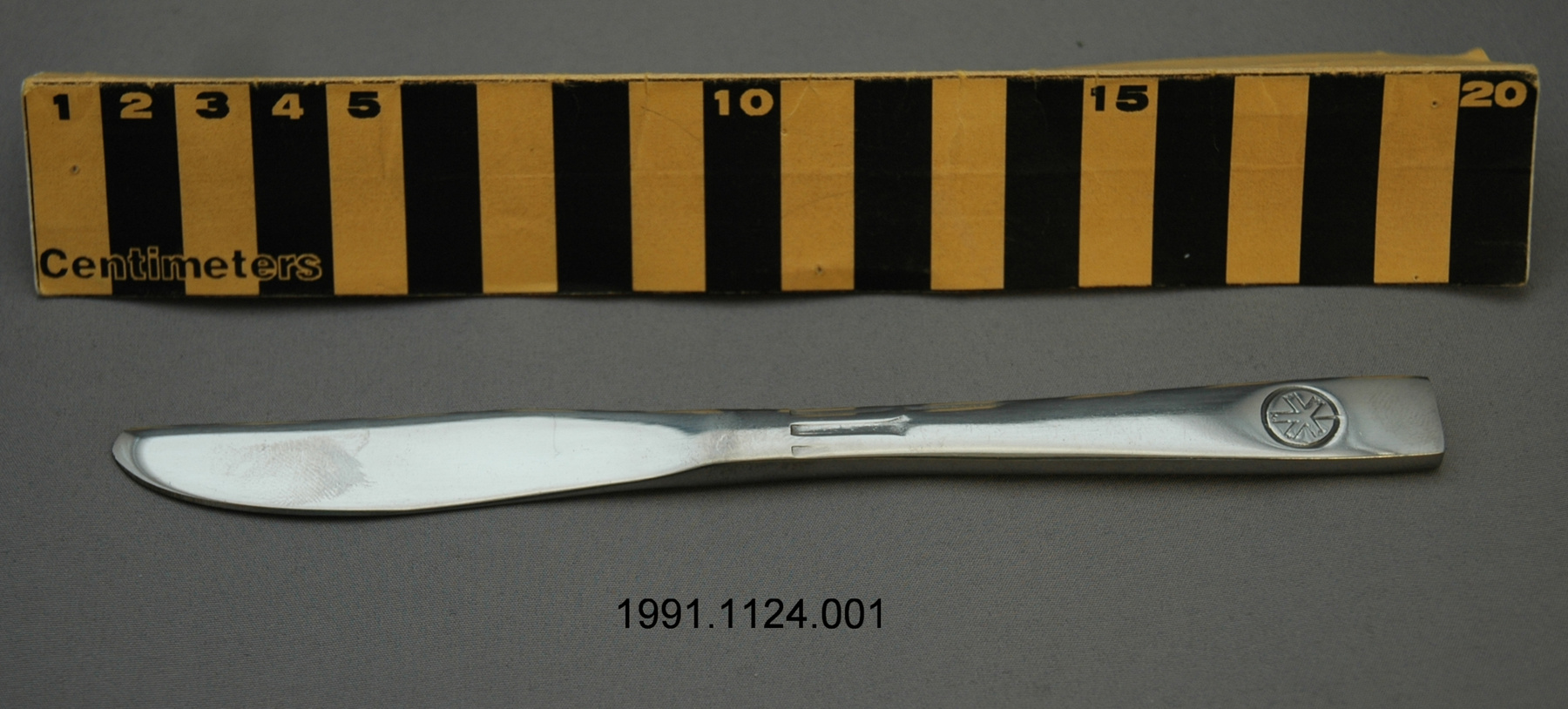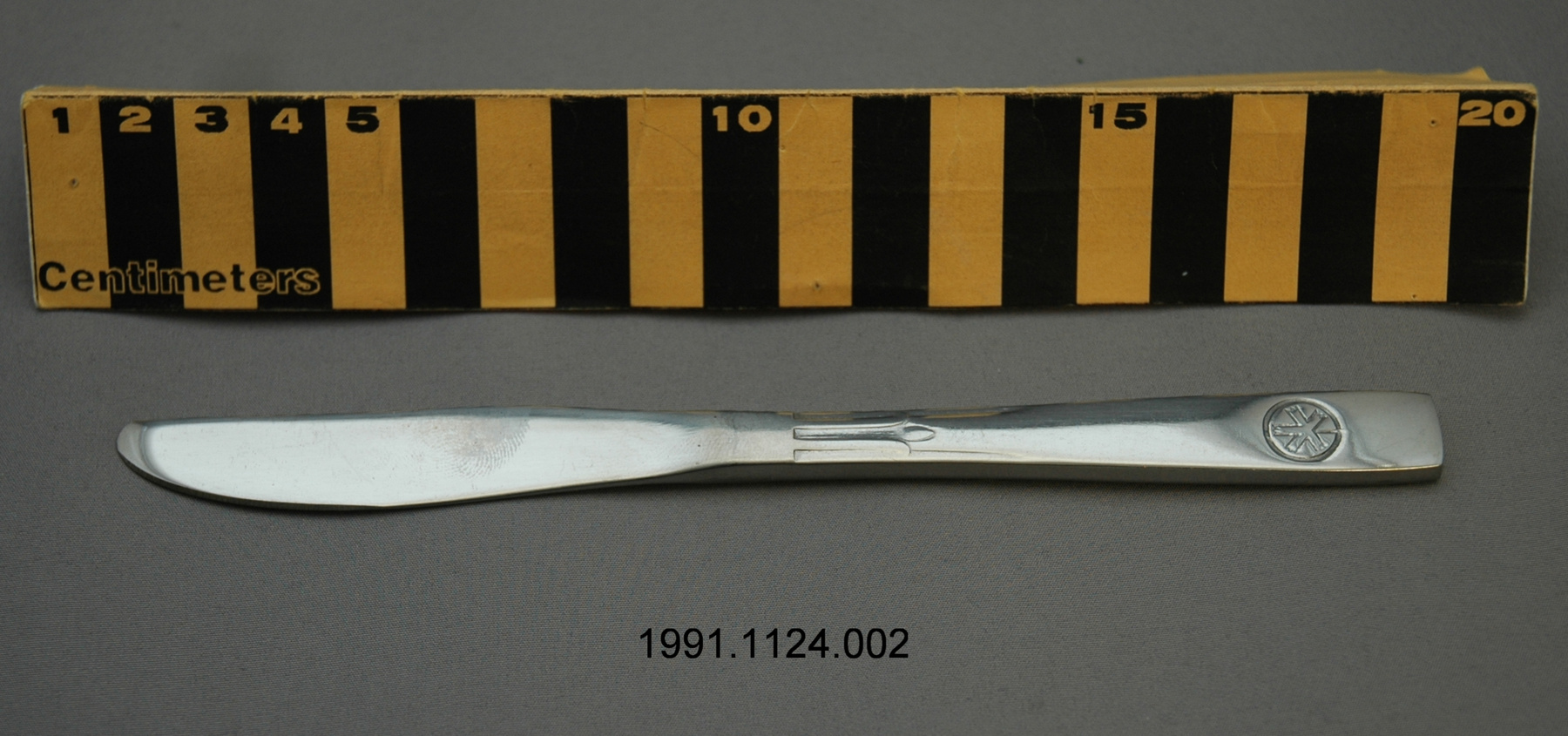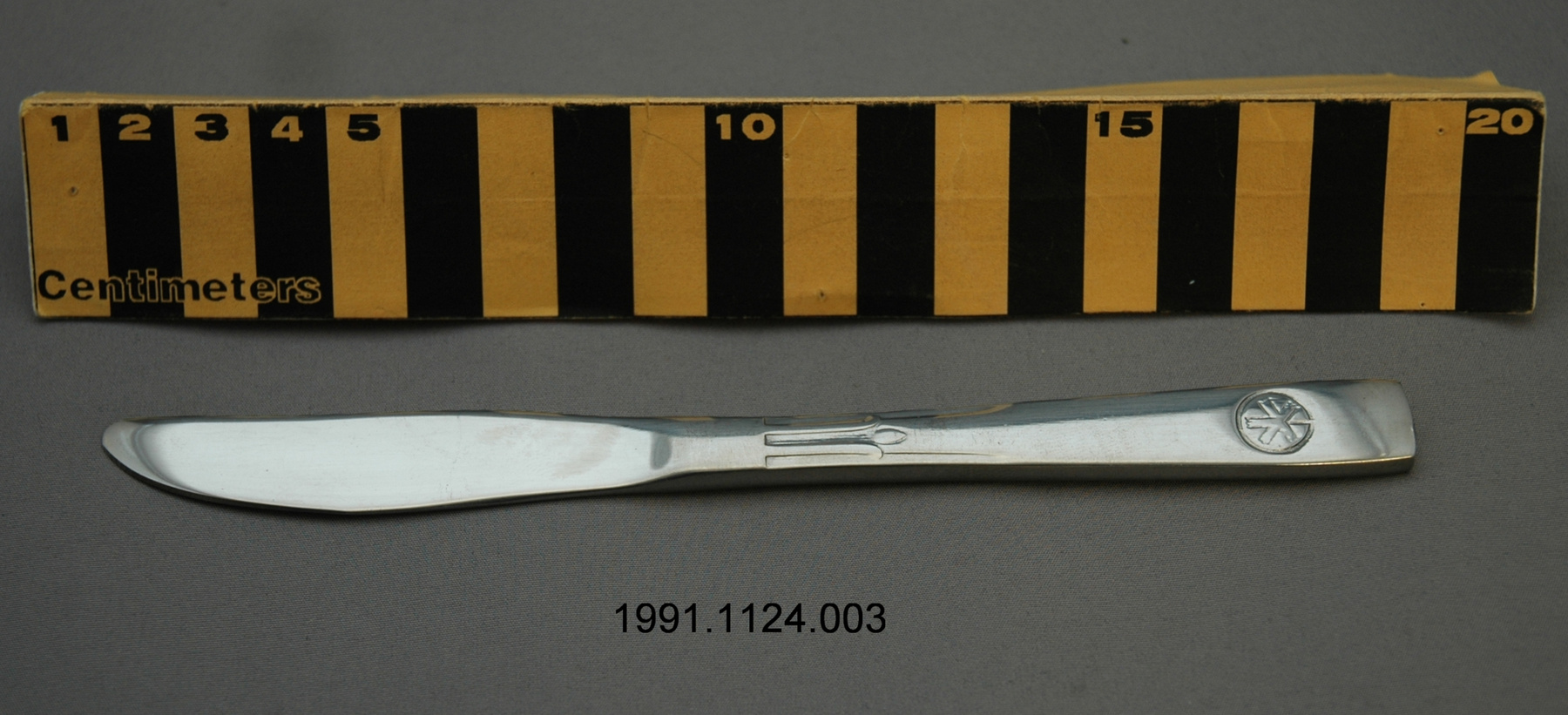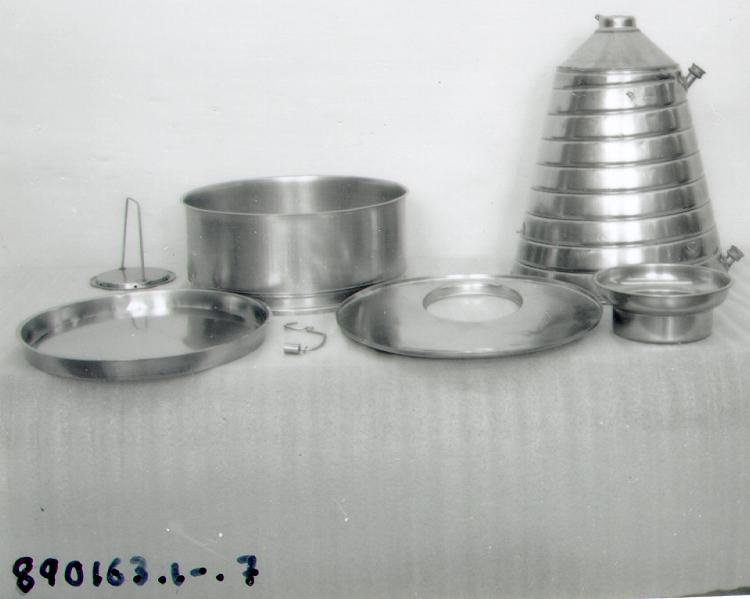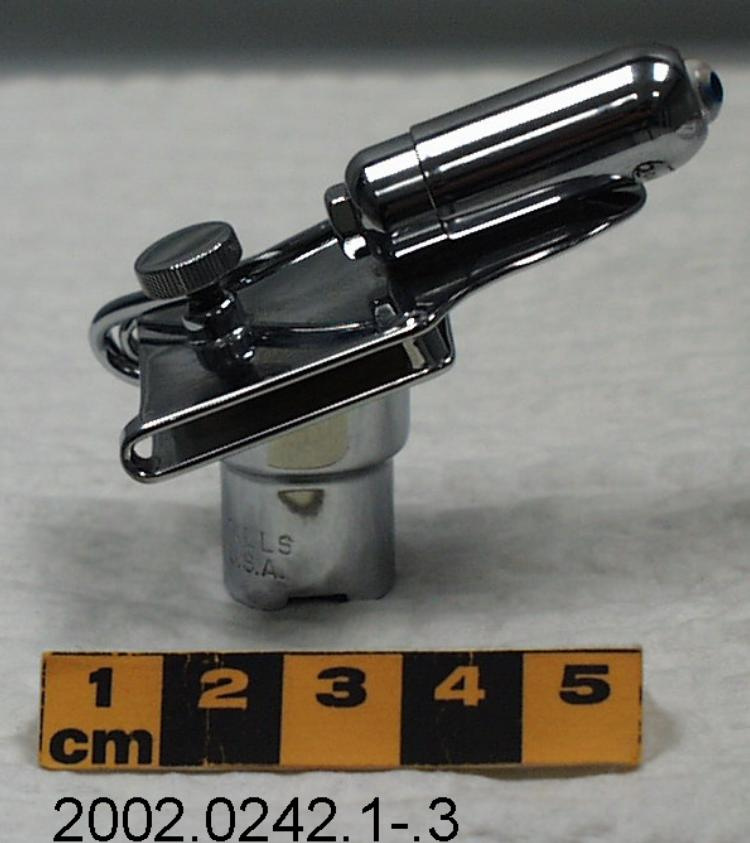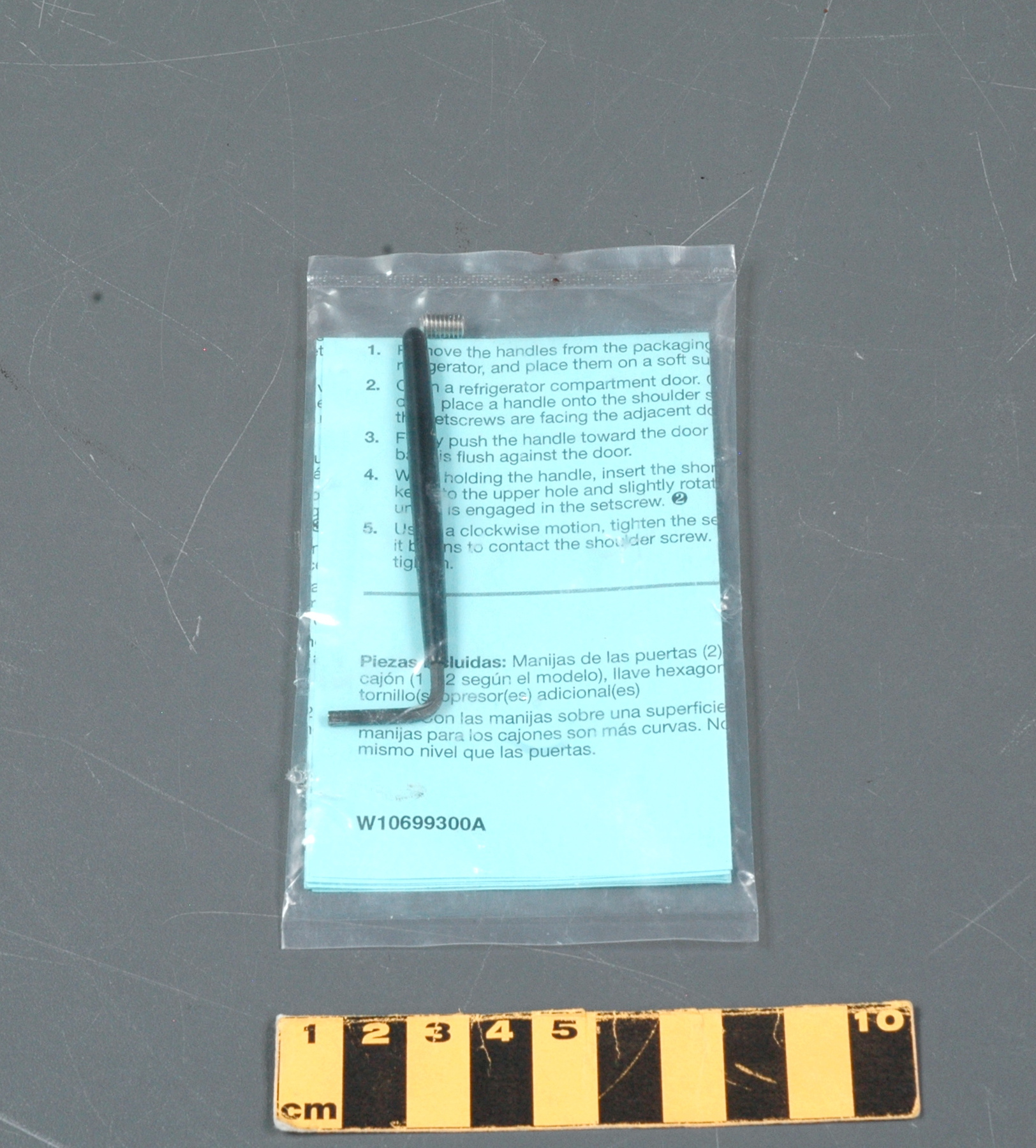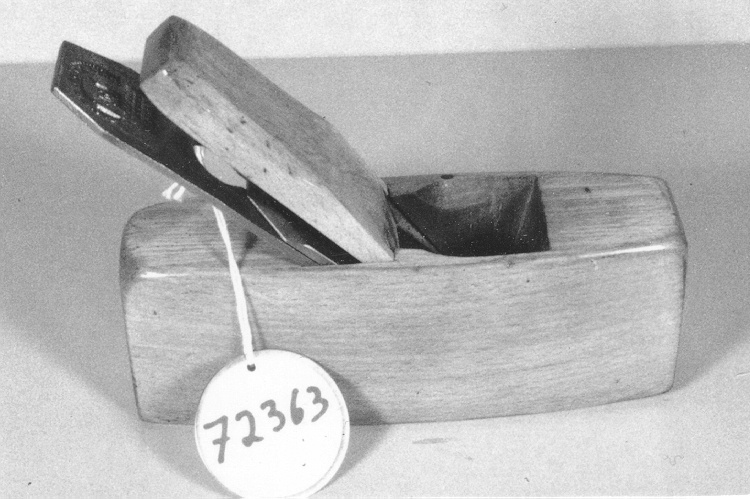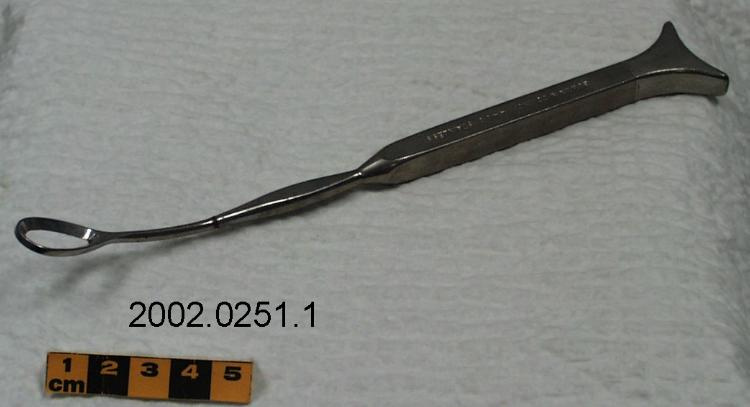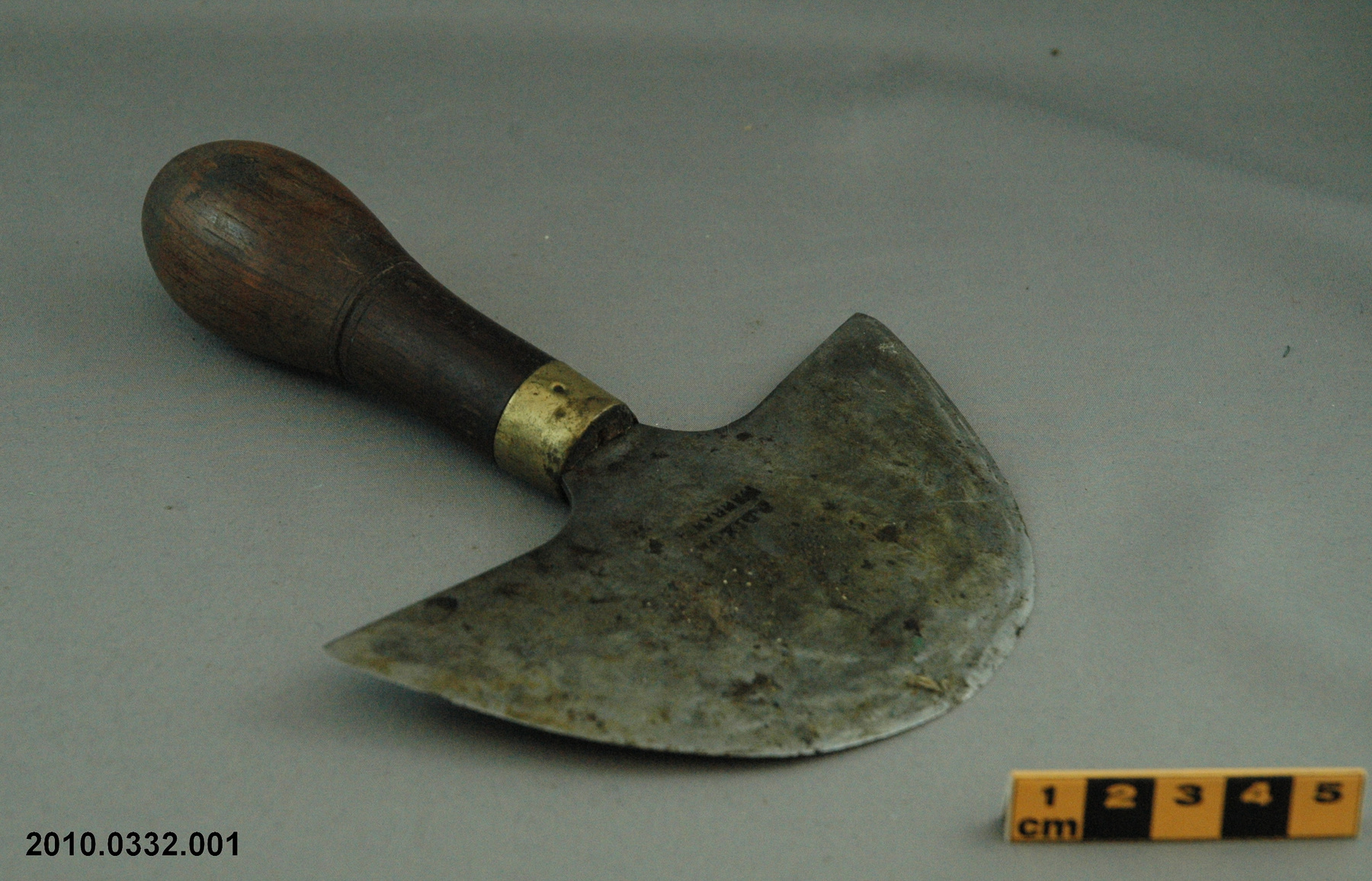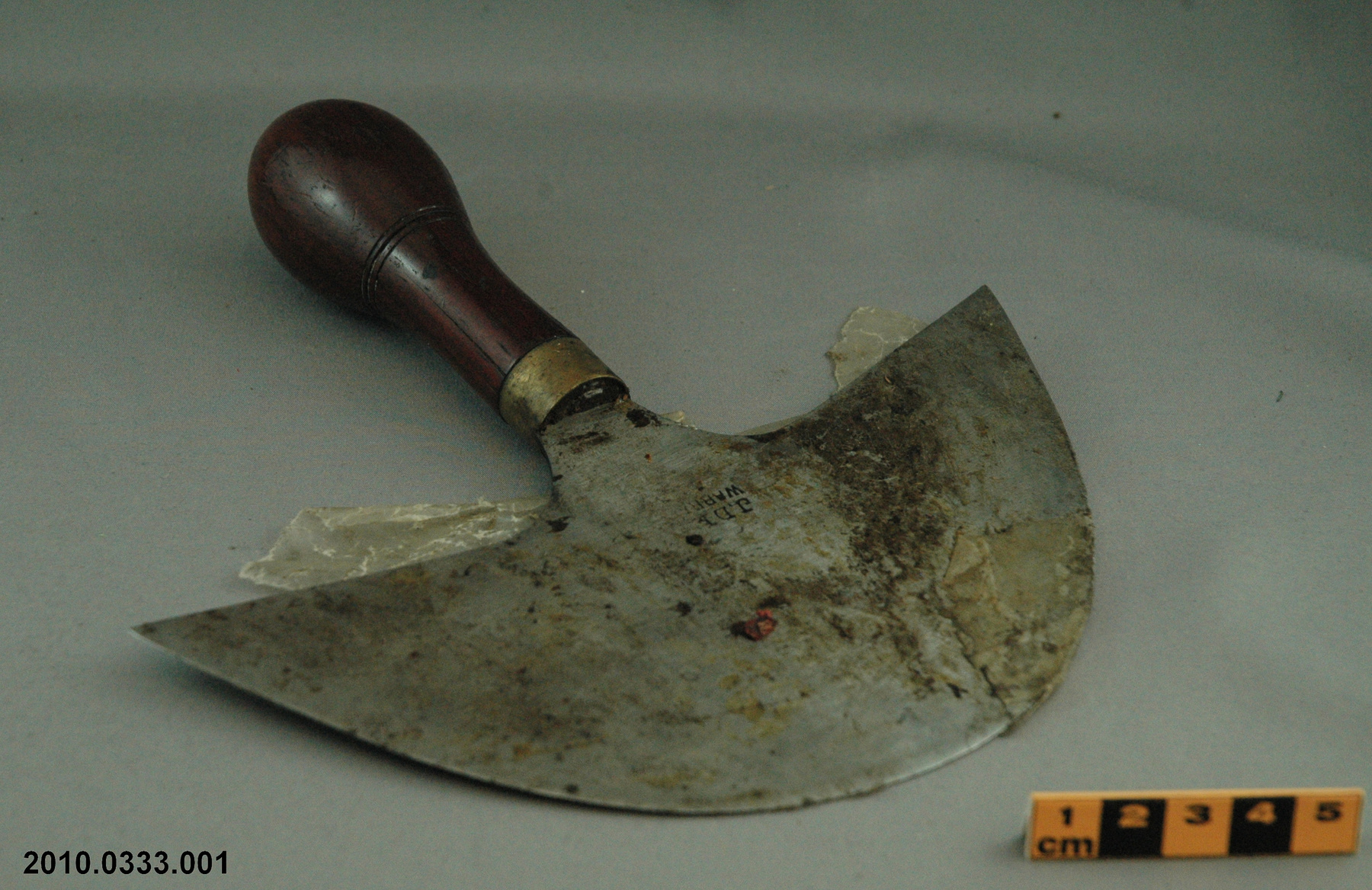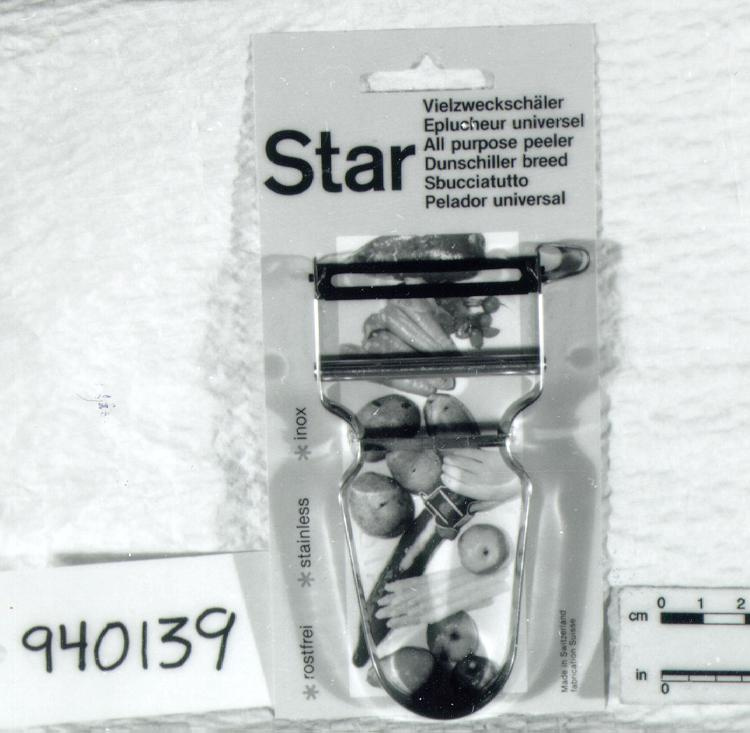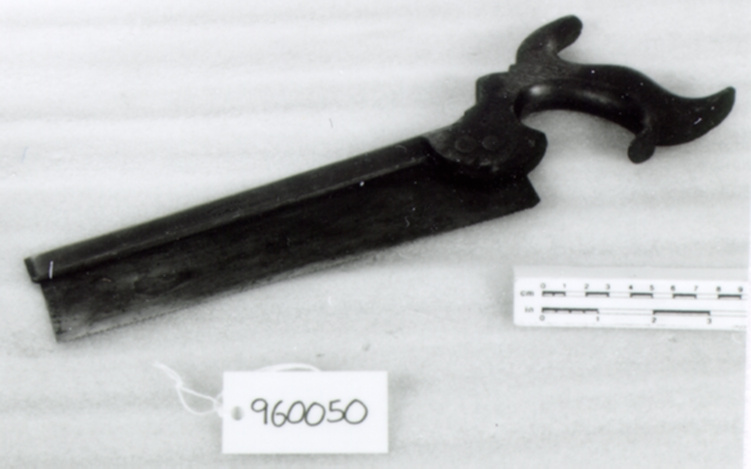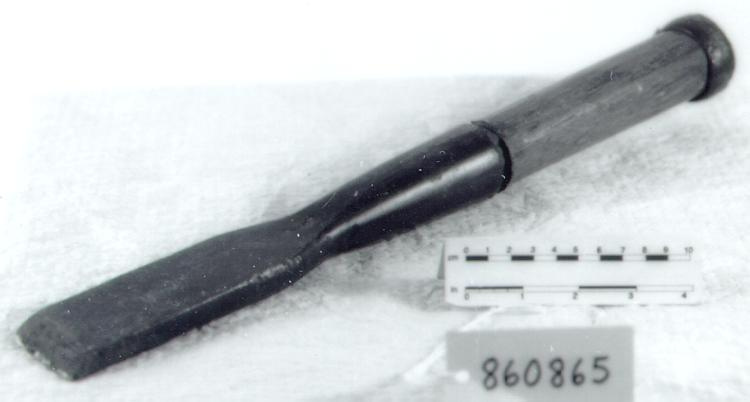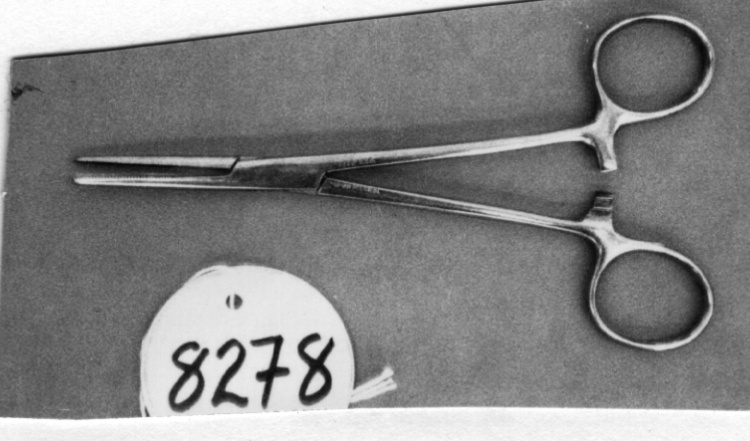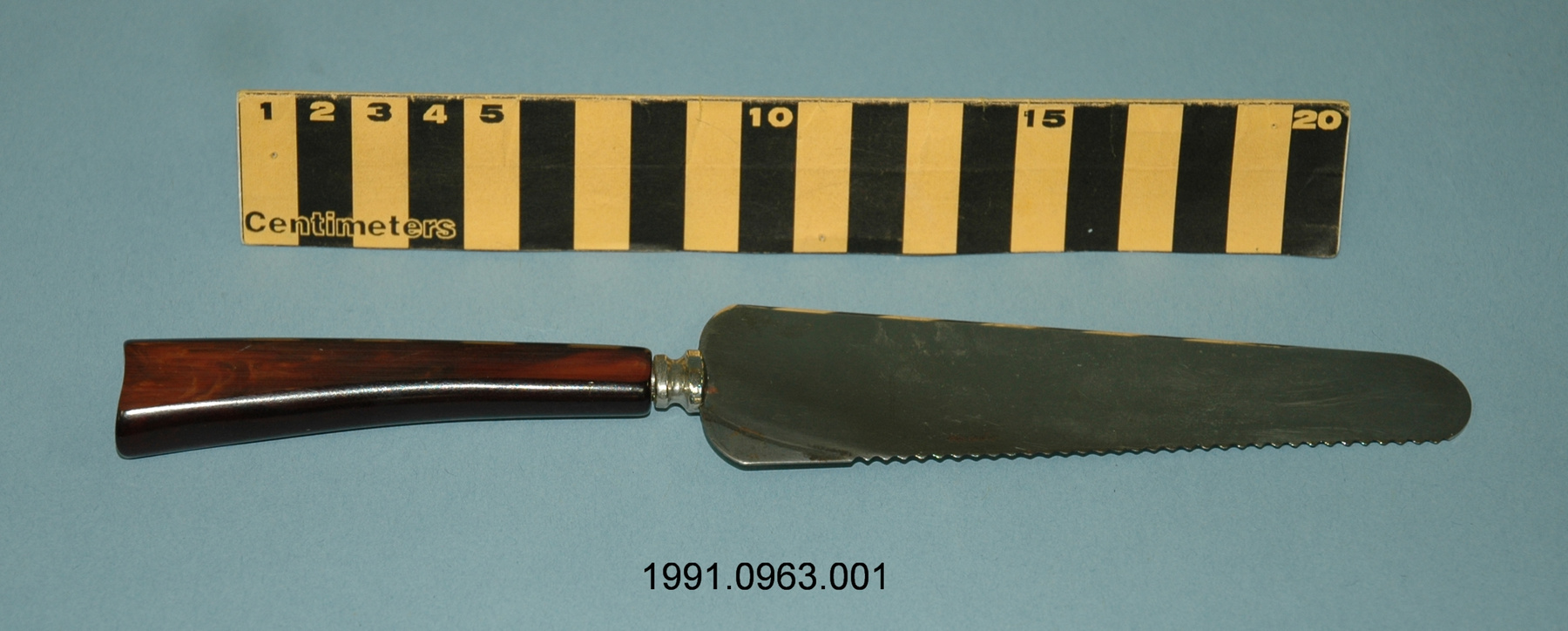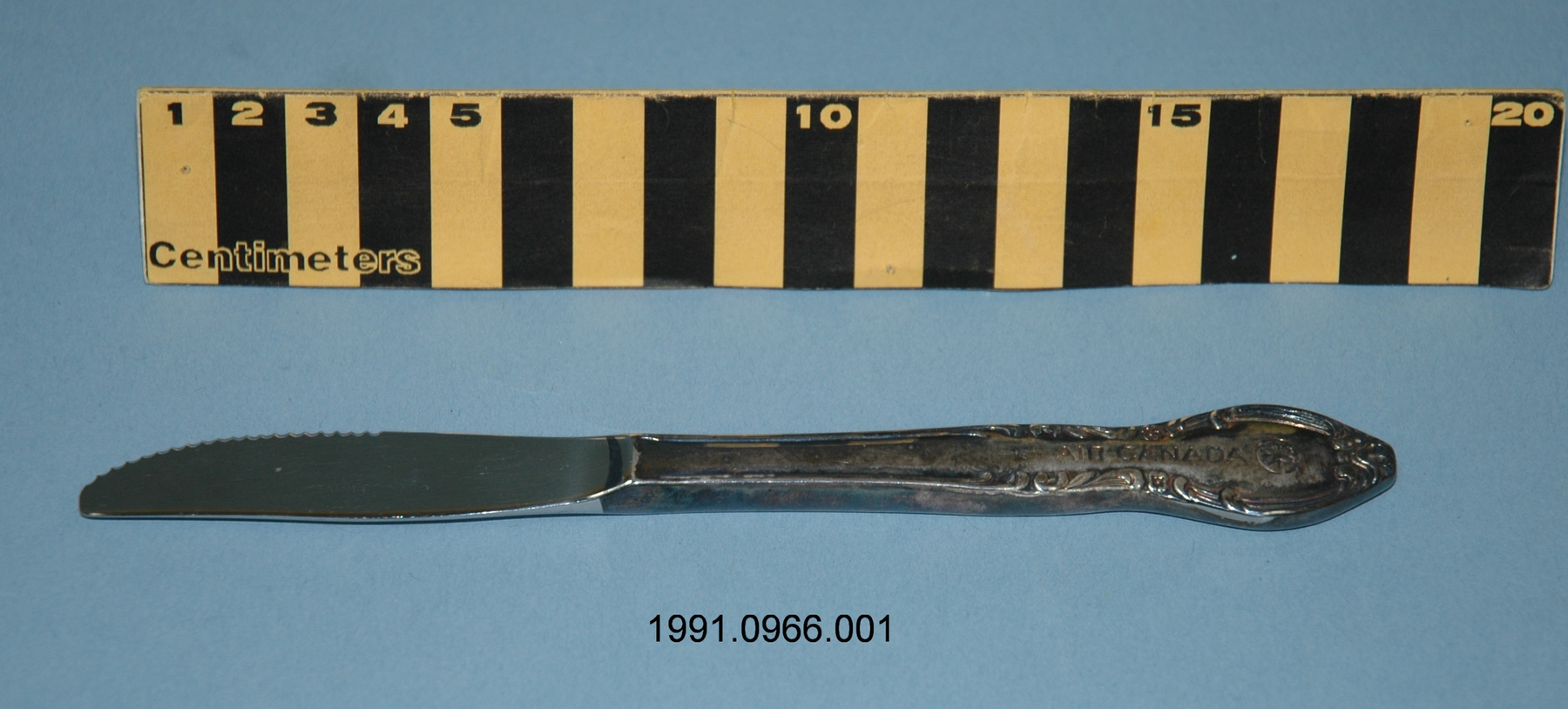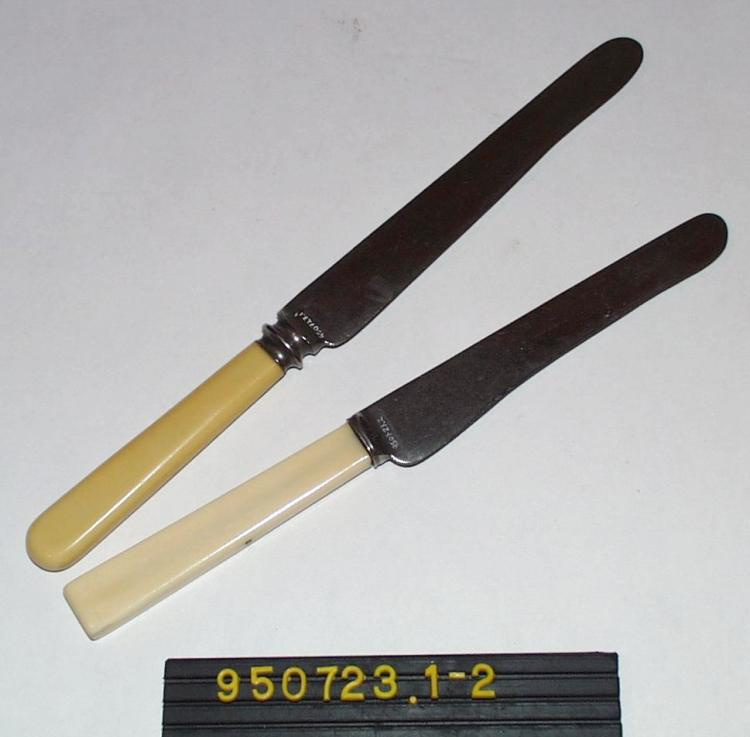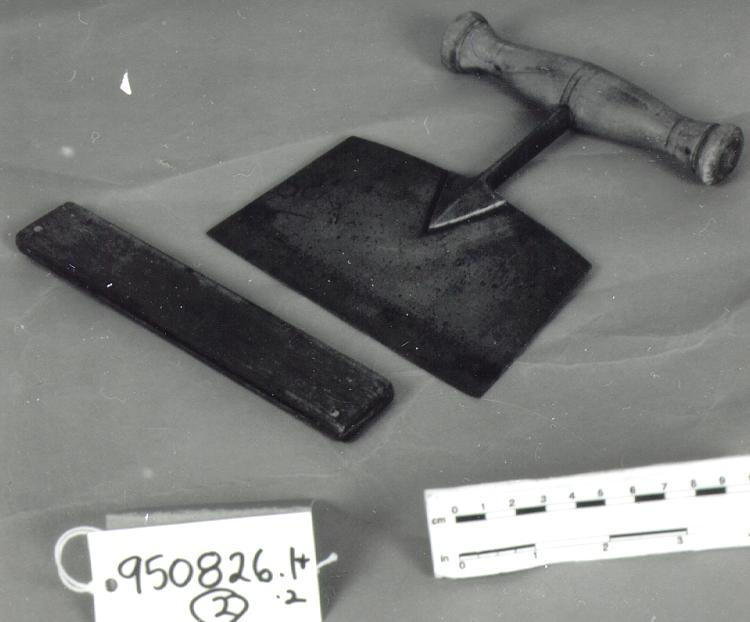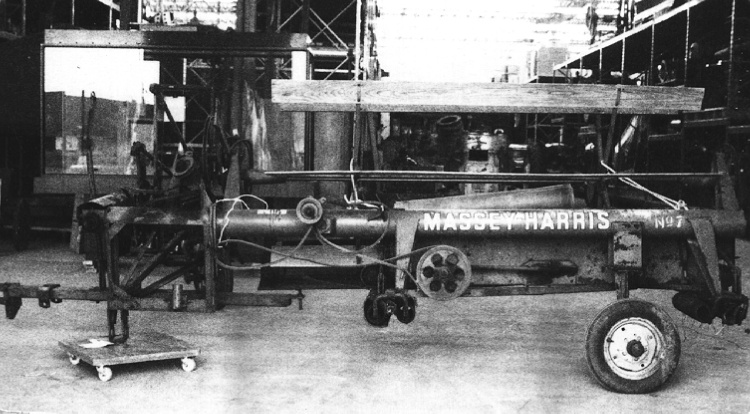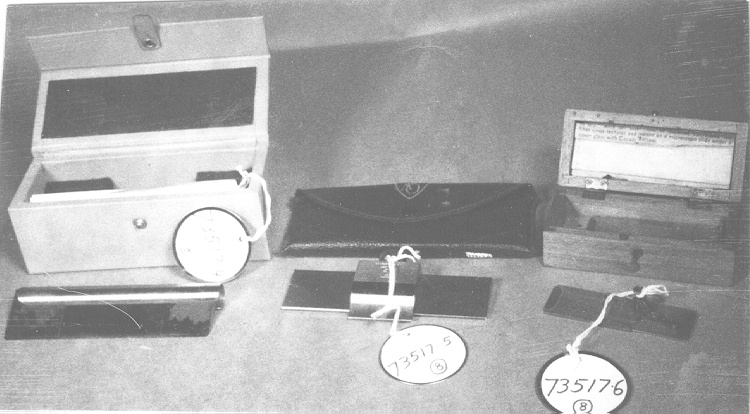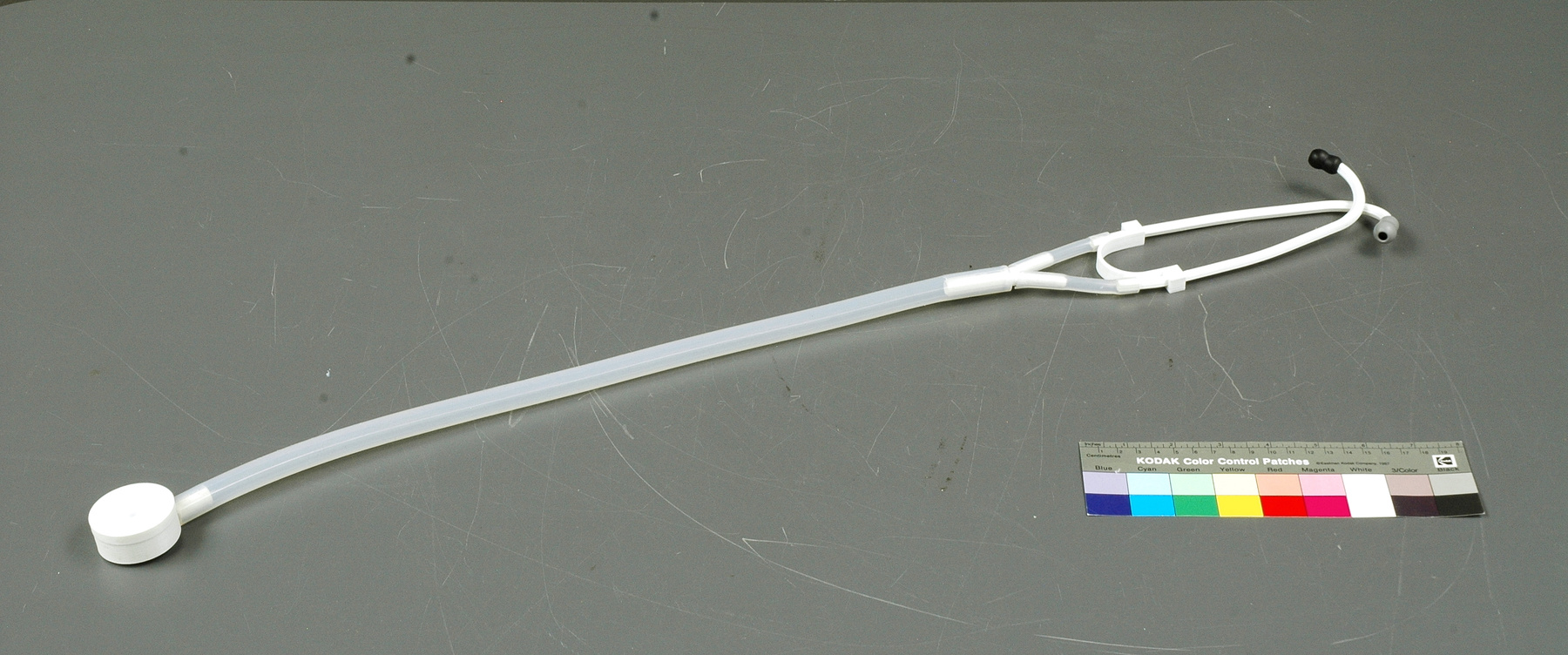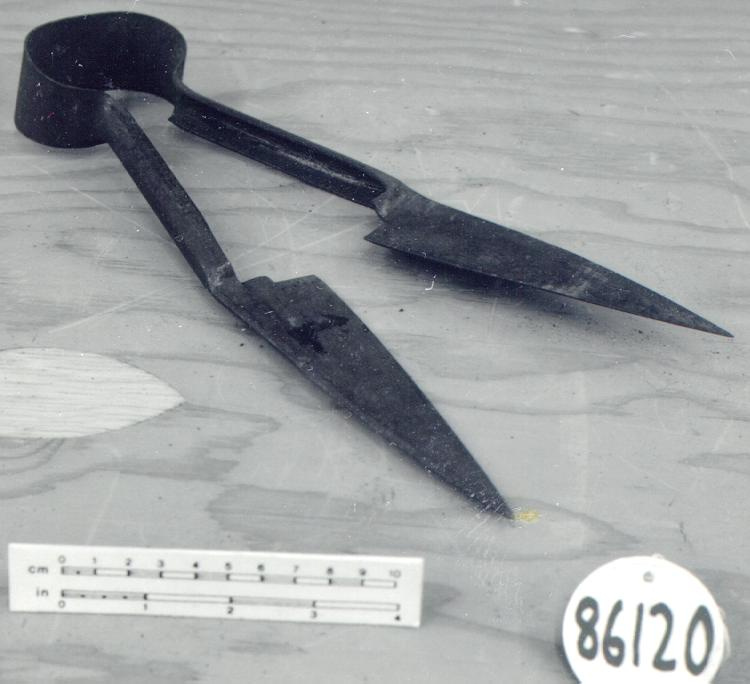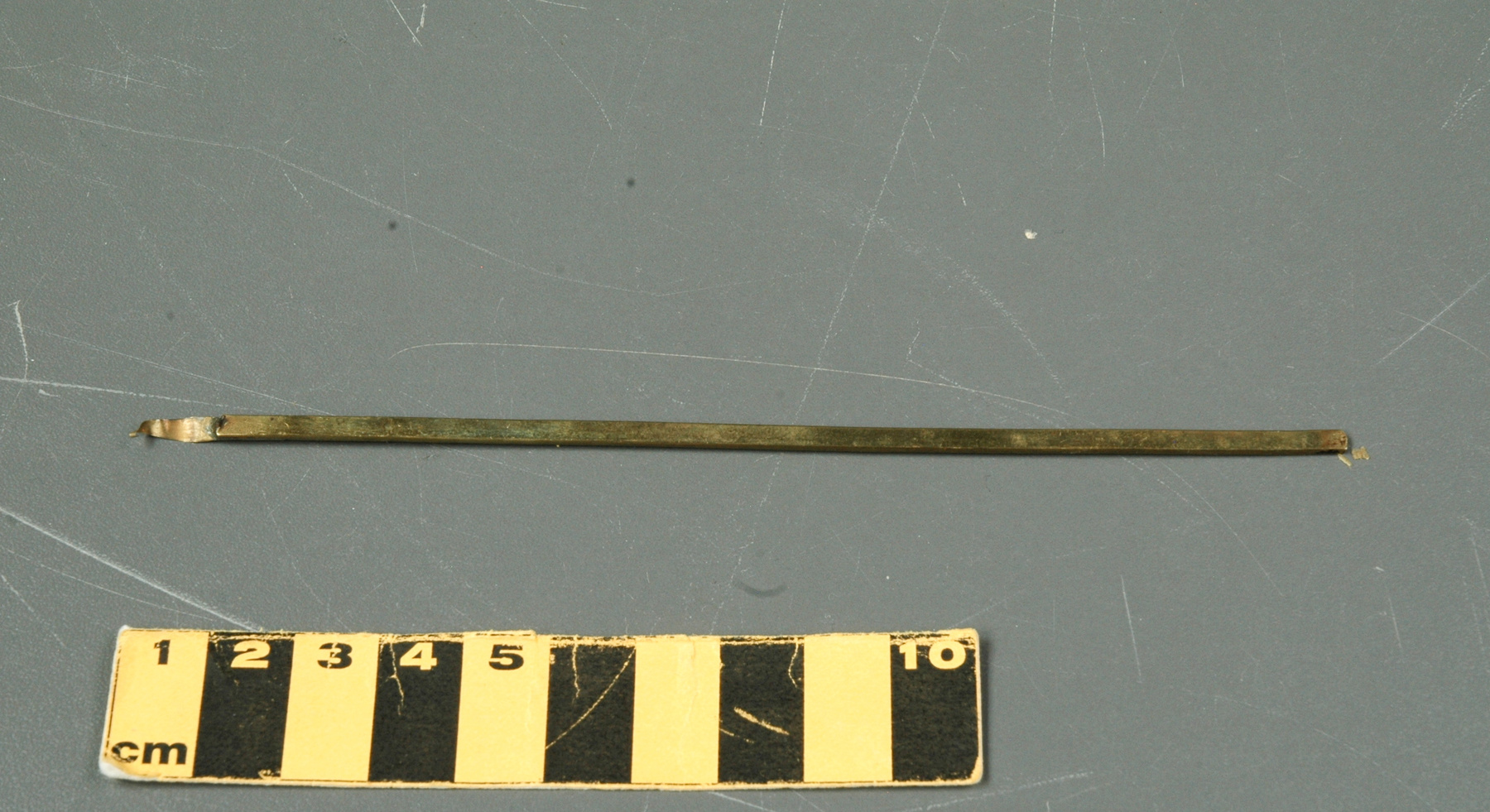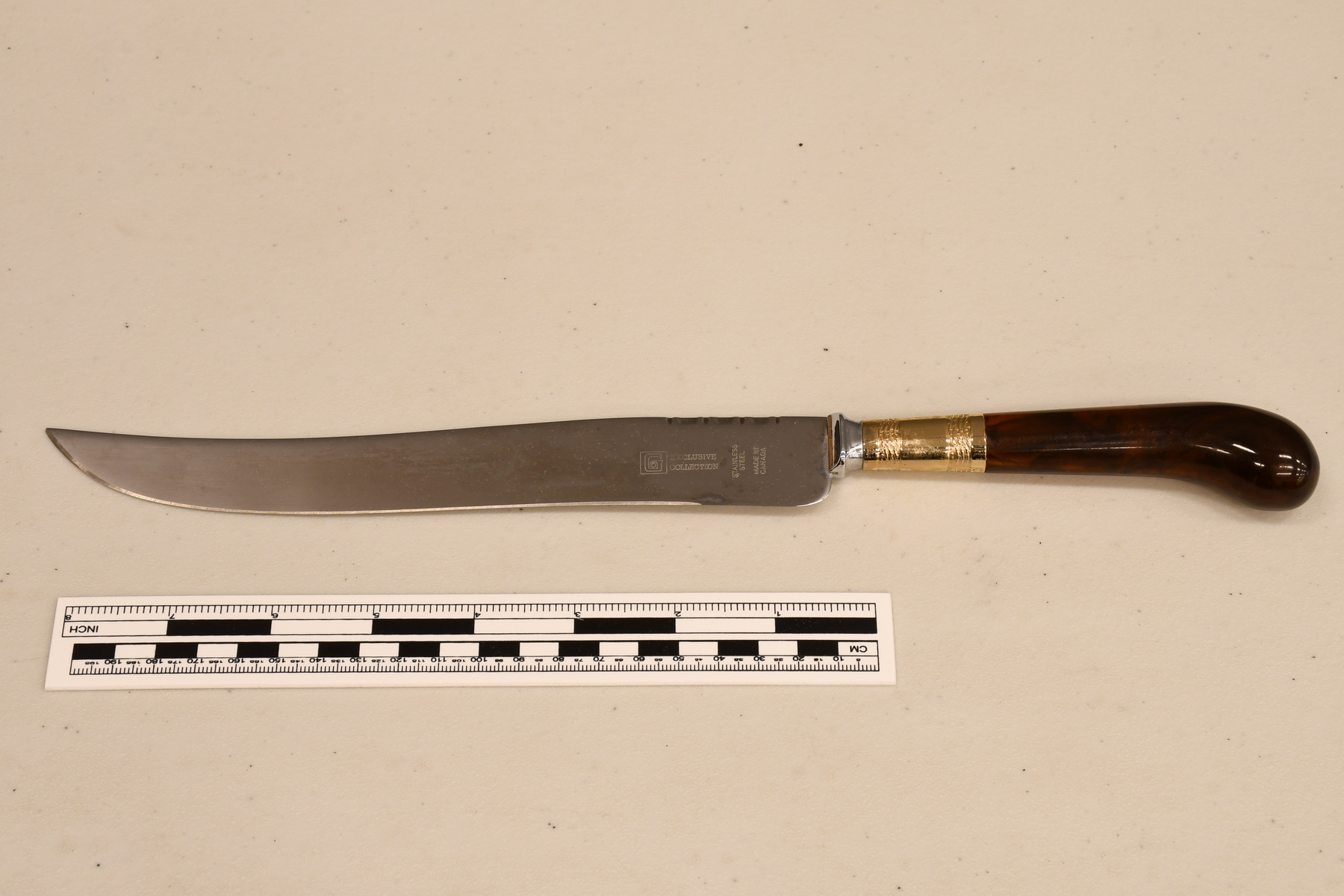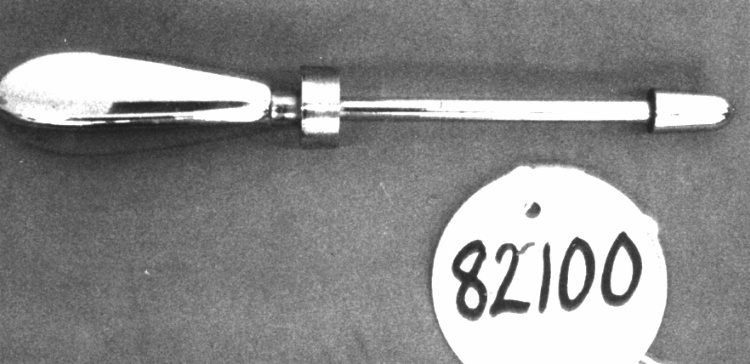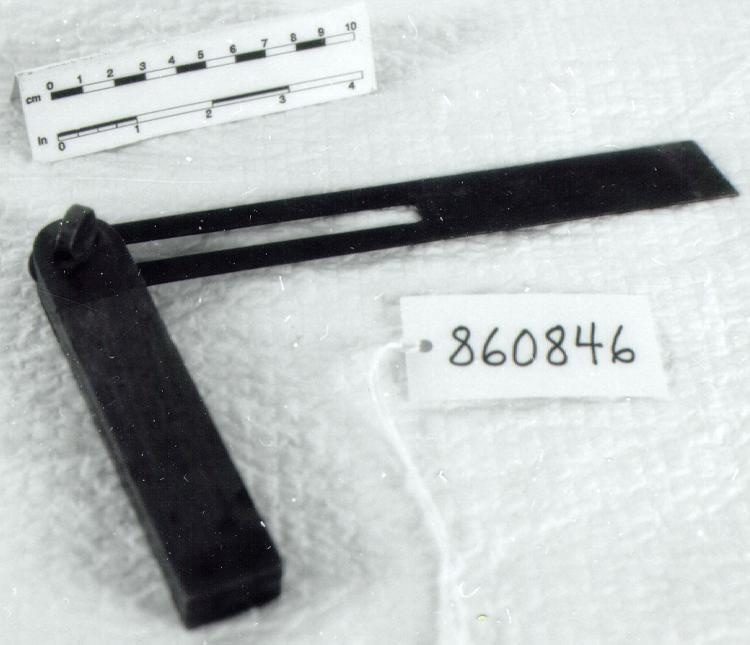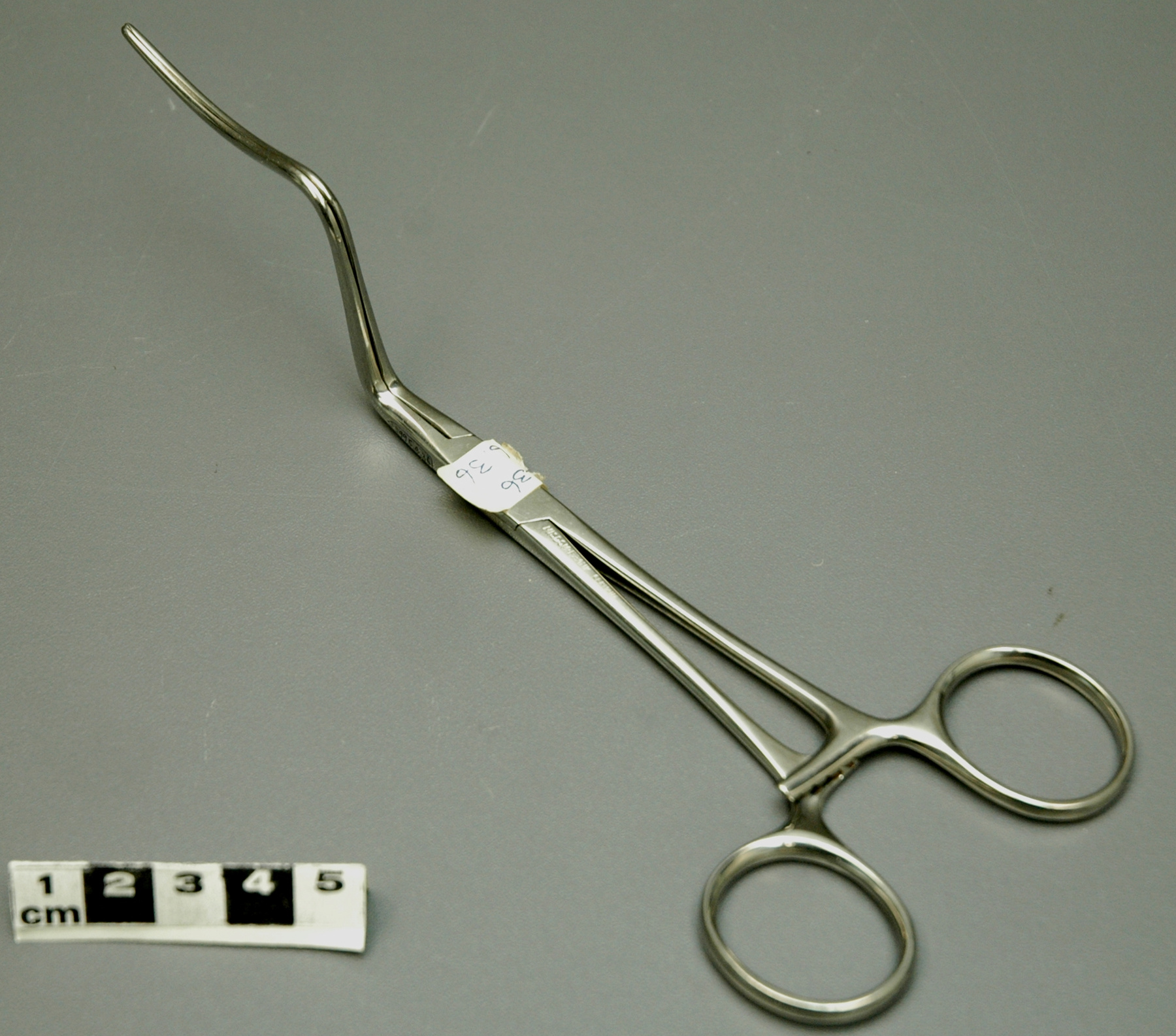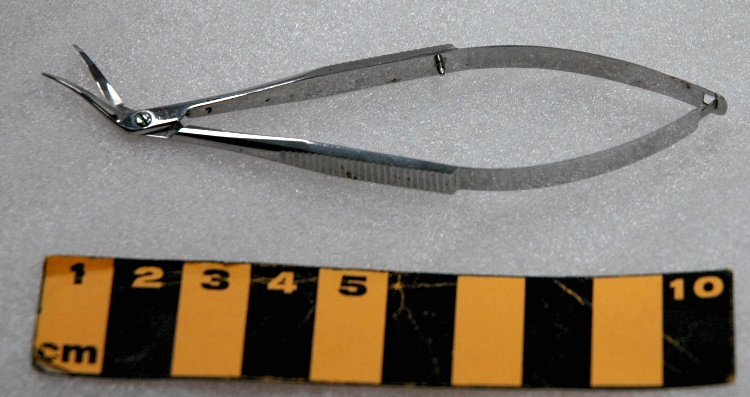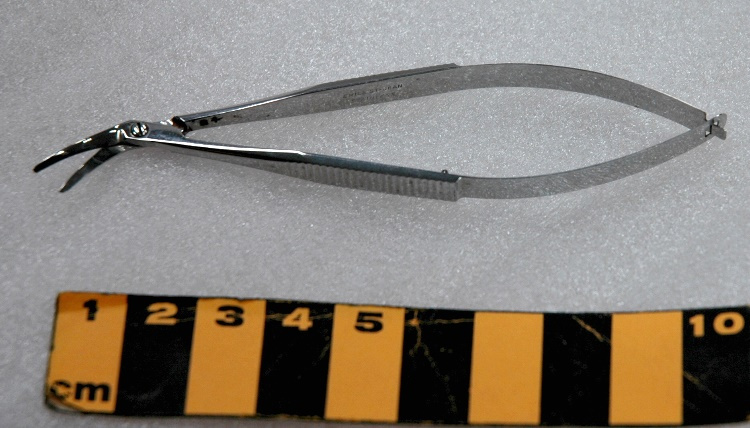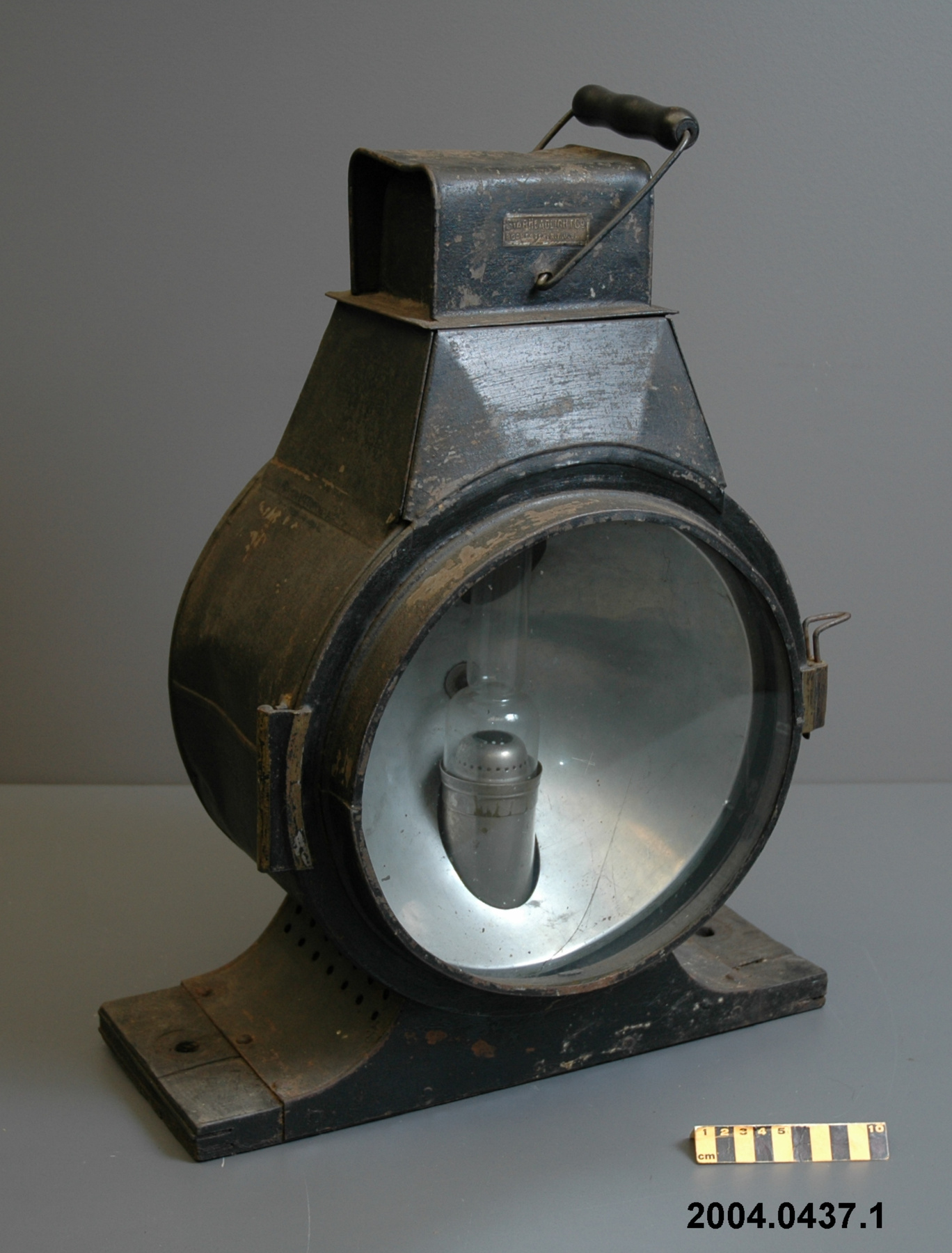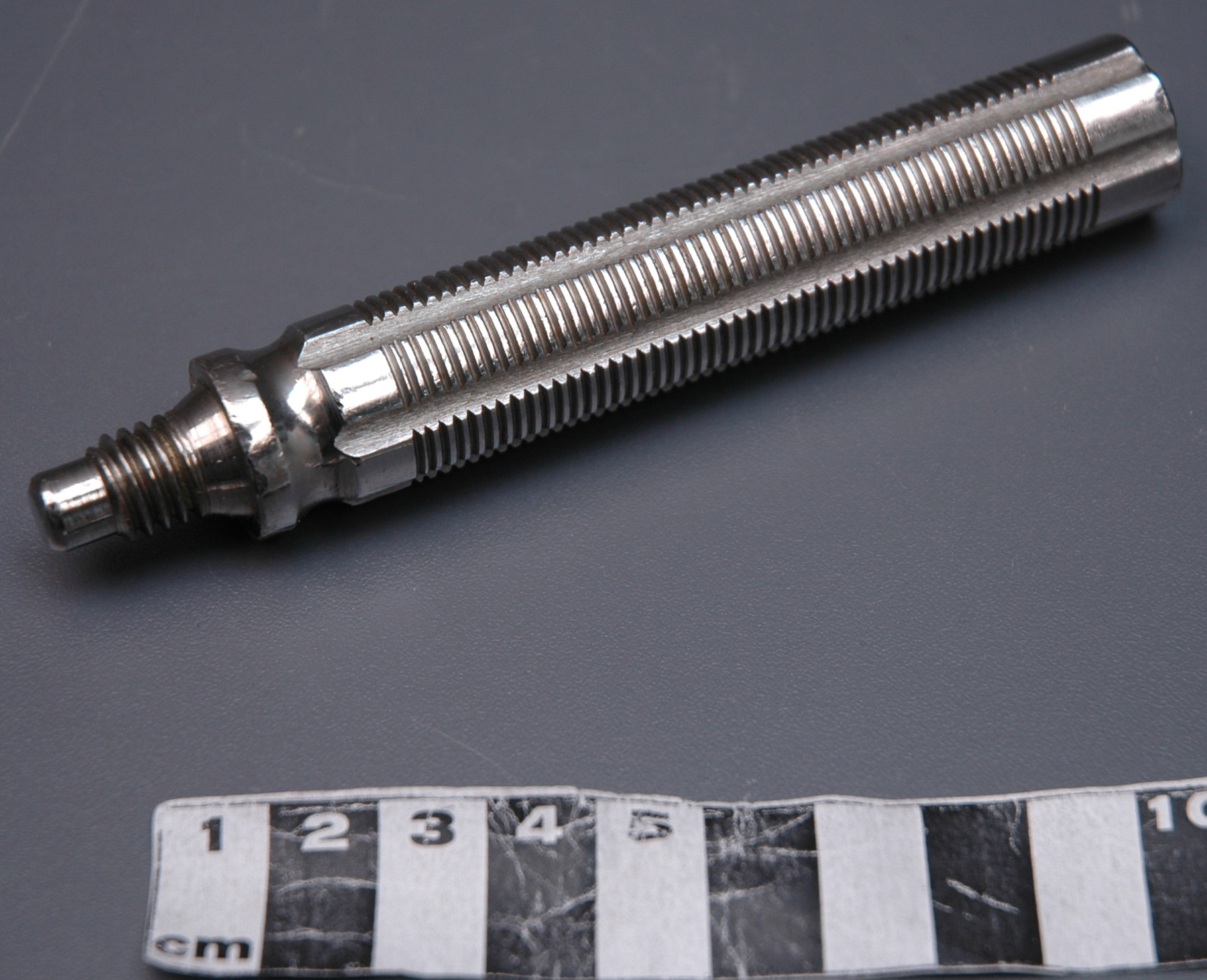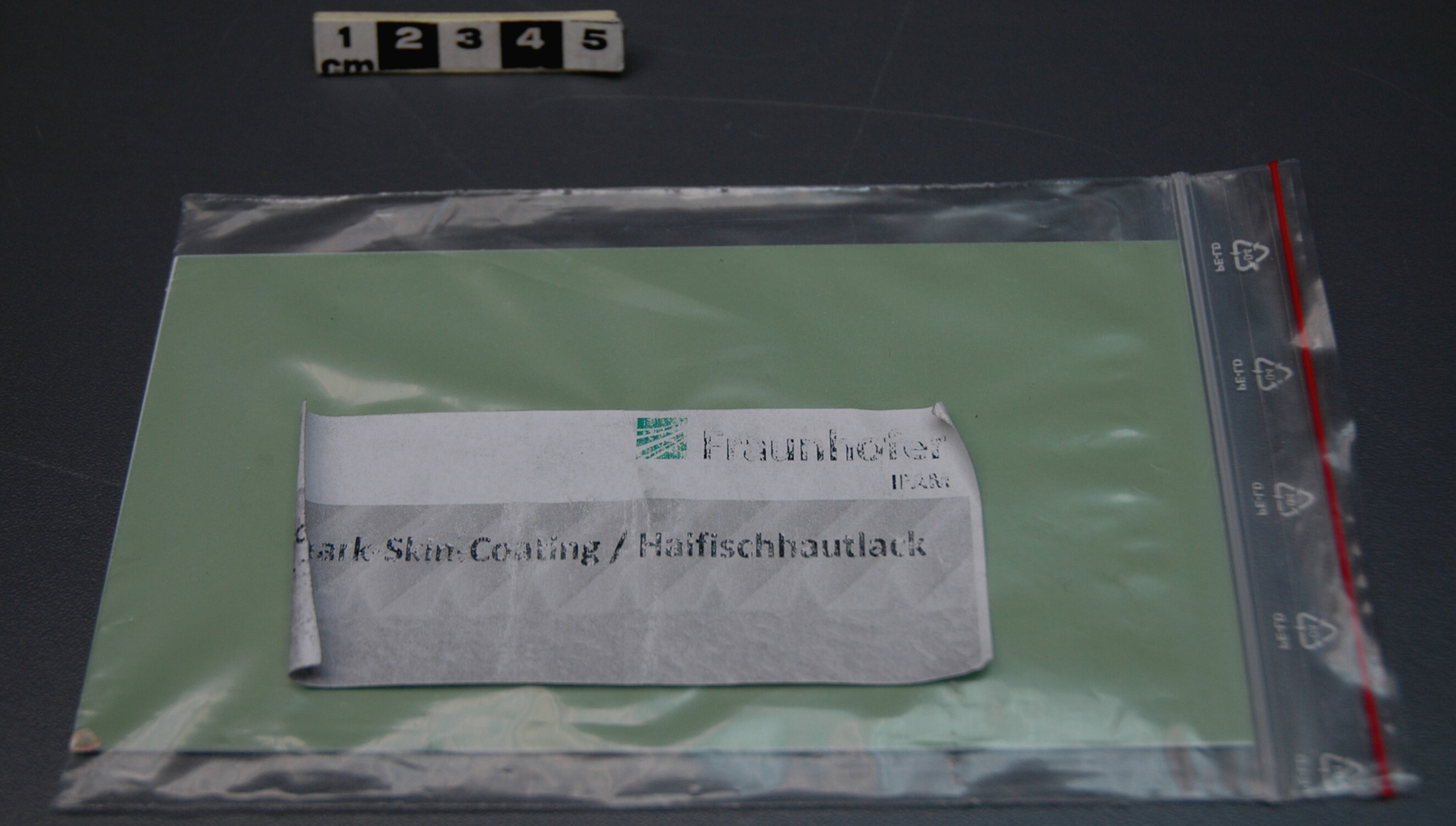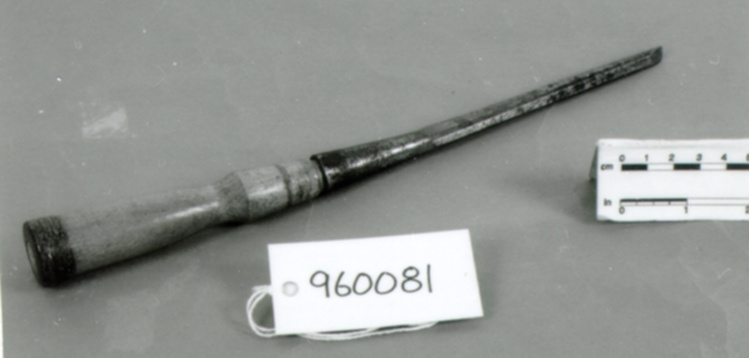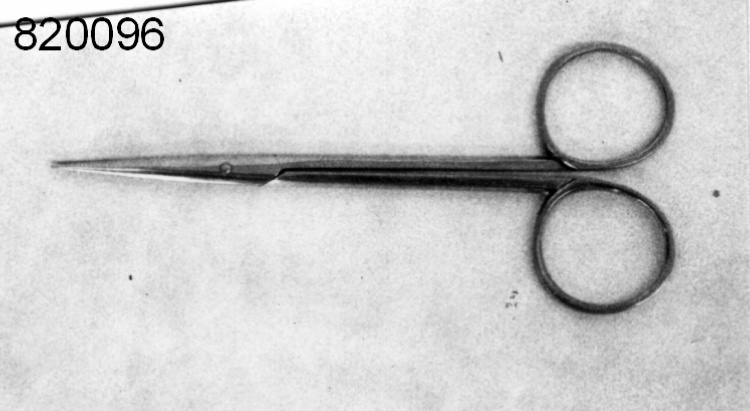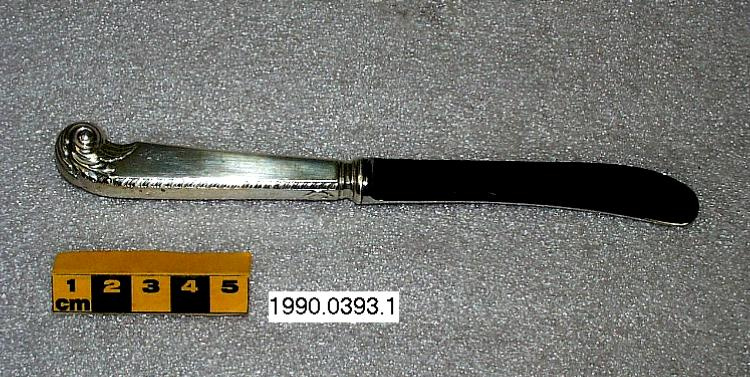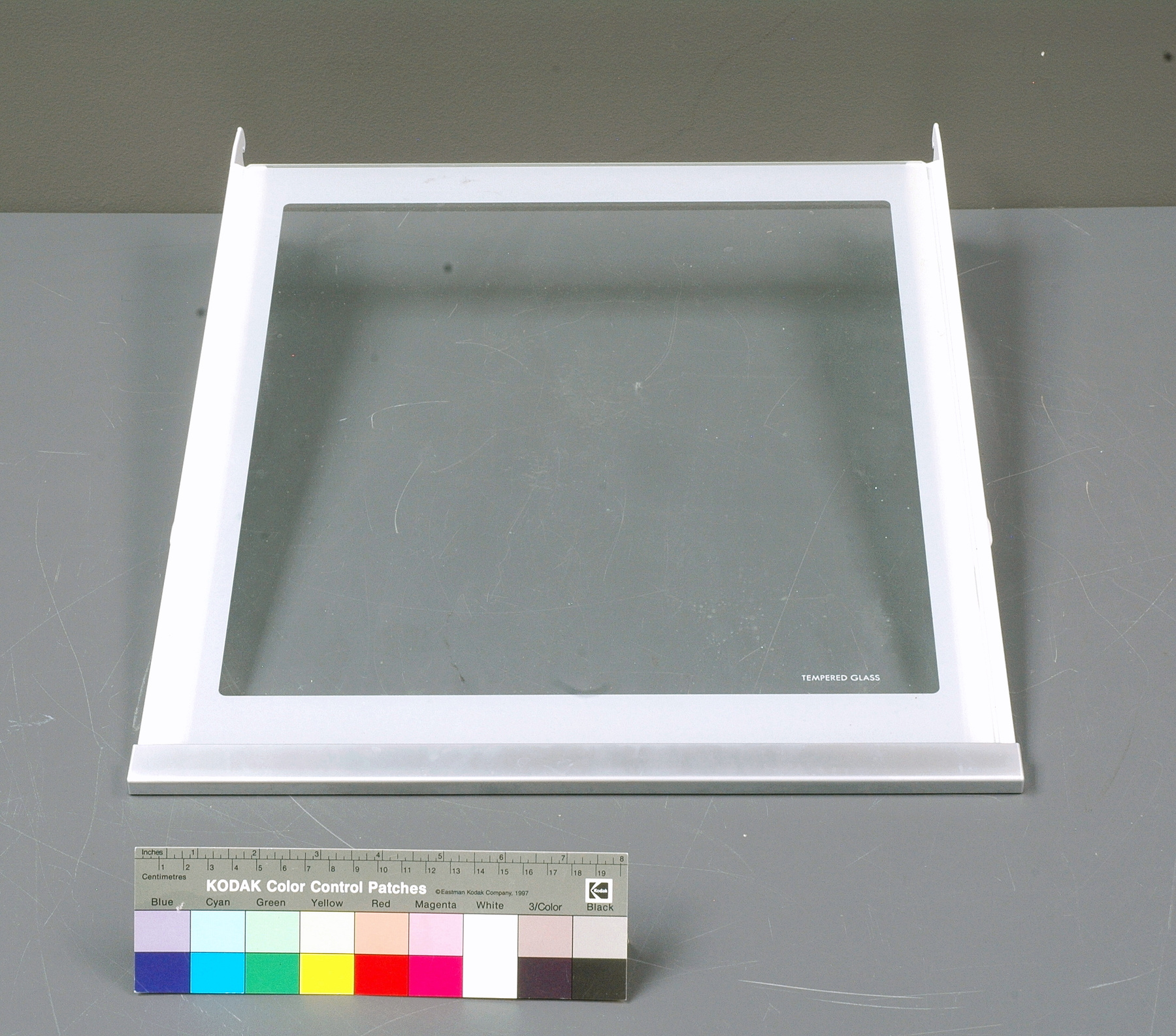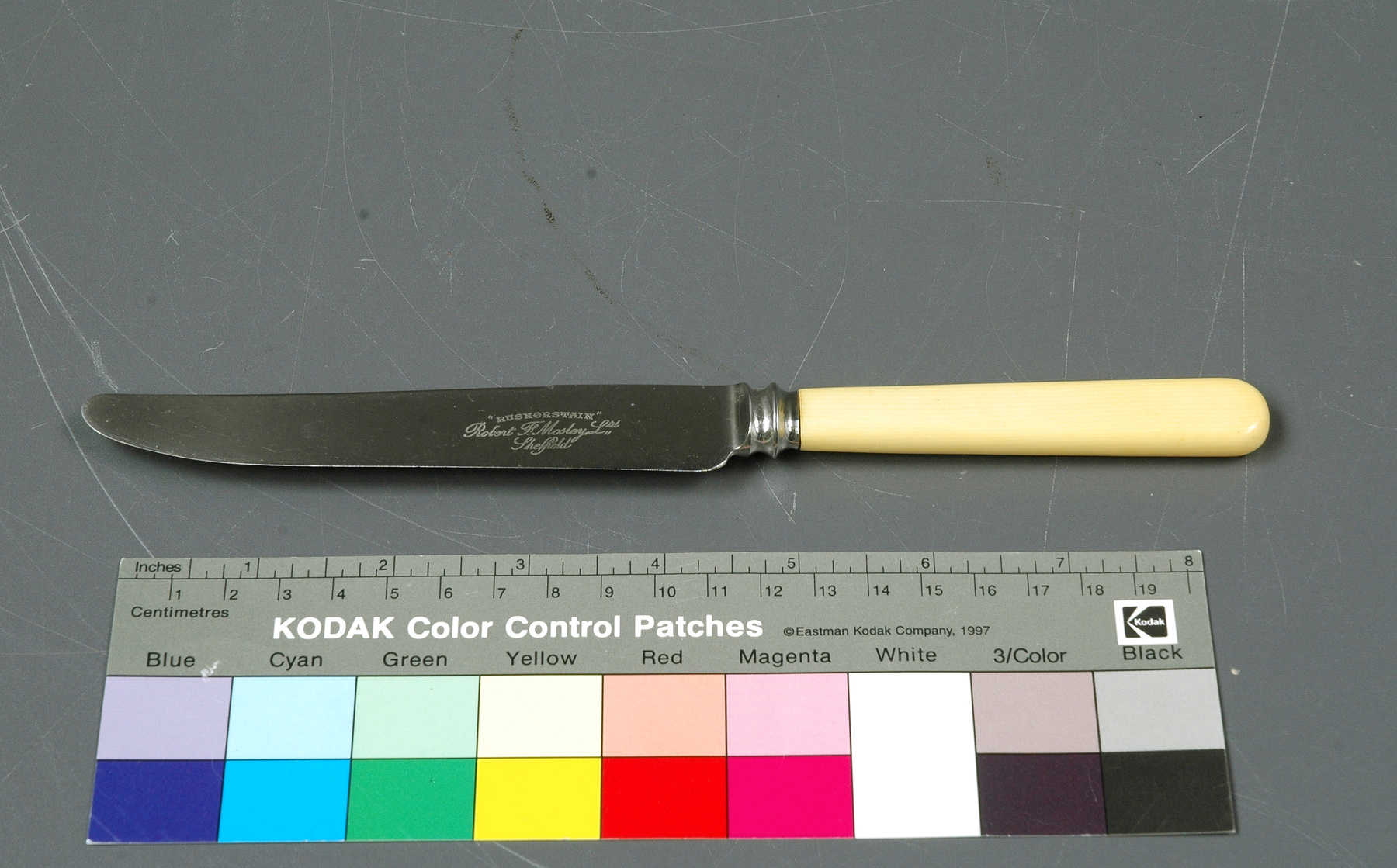Couteau à lunch
Utiliser cette image
Puis-je réutiliser cette image sans autorisation? Oui
Les images sur le portail de la collection d’Ingenium ont la licence Creative Commons suivante :
Copyright Ingenium / CC BY-NC-ND (Attribution-NonCommercial 4.0 International (CC BY-NC 4.0)
ATTRIBUER CETTE IMAGE
Ingenium,
2016.0017.004
Permalien:
Ingenium diffuse cette image sous le cadre de licence Creative Commons et encourage son téléchargement et sa réutilisation à des fins non commerciales. Veuillez mentionner Ingenium et citer le numéro de l’artefact.
TÉLÉCHARGER L’IMAGEACHETER CETTE IMAGE
Cette image peut être utilisée gratuitement pour des fins non commerciales.
Pour un usage commercial, veuillez consulter nos frais de reproduction et communiquer avec nous pour acheter l’image.
- TYPE D’OBJET
- S/O
- DATE
- 1914–1920
- NUMÉRO DE L’ARTEFACT
- 2016.0017.004
- FABRICANT
- Mosley, Robert F. Ltd.
- MODÈLE
- Rusnorstain
- EMPLACEMENT
- Sheffield, England
Plus d’information
Renseignements généraux
- Nº de série
- S/O
- Nº de partie
- 4
- Nombre total de parties
- 9
- Ou
- Breakfast knife
- Brevets
- S/O
- Description générale
- Stainless steel blade and celluloid handle.
Dimensions
Remarque : Cette information reflète la taille générale pour l’entreposage et ne représente pas nécessairement les véritables dimensions de l’objet.
- Longueur
- 22,9 cm
- Largeur
- 2,1 cm
- Hauteur
- 1,3 cm
- Épaisseur
- S/O
- Poids
- S/O
- Diamètre
- S/O
- Volume
- S/O
Lexique
- Groupe
- Technologie domestique
- Catégorie
- Service alimentaire
- Sous-catégorie
- S/O
Fabricant
- Ou
- Mosley
- Pays
- England
- État/province
- Inconnu
- Ville
- Sheffield
Contexte
- Pays
- Royaume-Uni
- État/province
- Inconnu
- Période
- Early to mid-20th century
- Canada
-
Purchased for the Story of Steel section in the Transforming Resources gallery. (From Acquisitions Worksheet, see Ref. 1) - Fonction
-
To cut food. (From Acquisitions Worksheet, see Ref. 1) - Technique
-
Harry Brearley, and English metallurgist, is generally credited with the development of, what he called, rustless steel in 1913. At the time, he experimented with steel to decrease erosion properties and increase sanitation of existing steels. In reality stainless steel was developed over many decades, with research on corrosion resistant varieties dating back to mid-1700s. There was a strong military component to this research. Soldiers who cleaned their iron armour and weapons were removing a protective coat and the armour rusted easily. 1838 R. Mallet established that adding chromium to iron increased the resistance to corrosion in the alloy by providing a film on the surface of a metal. The actual development of stainless steel is recognized by experts as a body of work conducted by scientists in Europe and North America including L.B. Guillet, A. M. Portevin, W. Borchers, E. Maurer, P Monnartz B. Strauss, C. Dantsizen and Harry Brearley. This is an early example of stainless steel knives, made by Robert F. Mosley in Sheffield, between 1914 and 1920. The handle is made of celluloid (more specifically xylonite), an early thermoplastic compound used to imitate ivory. The cutlery was developed by Ernest Stuart, who worked at Robert F. Mosley Portland Works. The company was the first in the world to produce stainless steel cutlery. Development of the stainless steel had a widespread effect on the manufacturing processes, facilitating mass production, decreasing prices of steel goods, and greatly increasing a number of products made of steel. Dating of the knives according to the Sheffield Museum. (From Acquisitions Worksheet, see Ref. 1) - Notes sur la région
-
Inconnu
Détails
- Marques
- On the proper front side of the blade: "RUSNORSTAIN"/ Robert F. Mosley Ltd./ Sheffield"
- Manque
- Appears complete
- Fini
- Bright, silver coloured metal blade with yellowed synthetic handle.
- Décoration
- S/O
FAIRE RÉFÉRENCE À CET OBJET
Si vous souhaitez publier de l’information sur cet objet de collection, veuillez indiquer ce qui suit :
Mosley, Robert F. Ltd., Couteau à lunch, entre 1914–1920, Numéro de l'artefact 2016.0017, Ingenium - Musées des sciences et de l'innovation du Canada, http://collection.ingeniumcanada.org/fr/item/2016.0017.004/
RÉTROACTION
Envoyer une question ou un commentaire sur cet artefact.
Plus comme ceci
